World of Innovations#

Let's discover
World of Innovations with Blue Code in less than 5 minutes.
Getting Started#
Apple🍏#
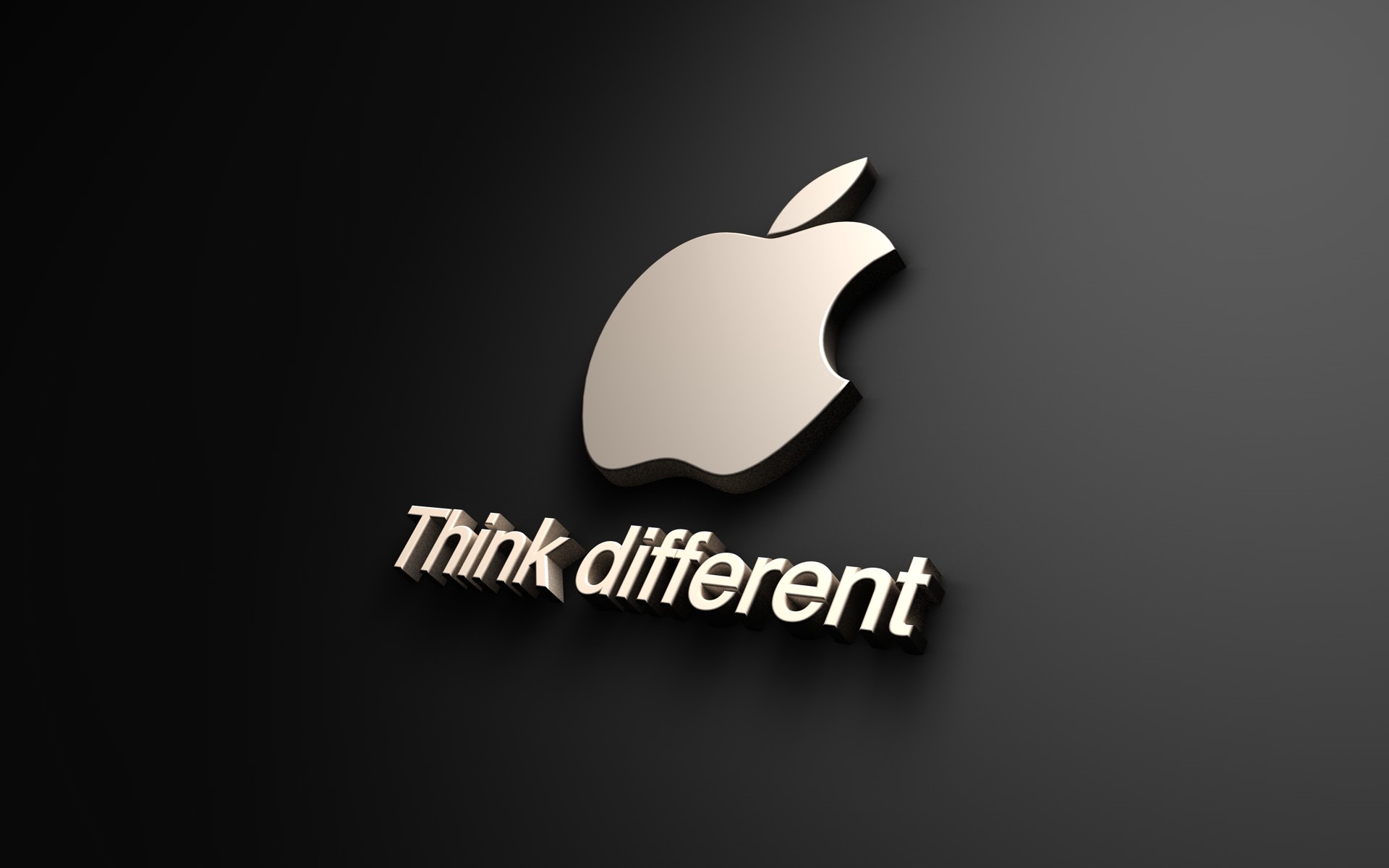
The power of Apple. Put to work. When the world changes, business changes too. Apple hardware, software, and services work together to give your employees the power and flexibility to do whatever needs doing — wherever that may be.
The Apple Park#
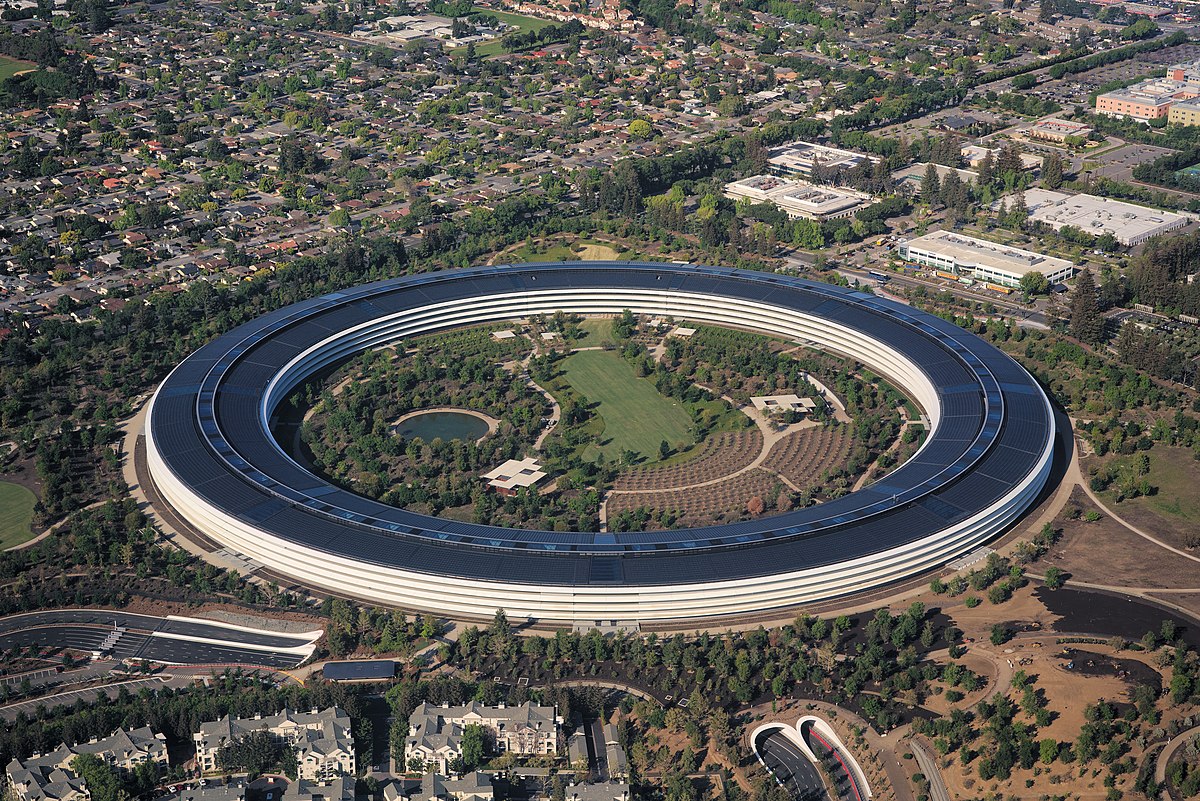
With great power comes great productivity. Apple hardware, software, and services work together to deliver a seamless experience that just works. You can start a project on Mac and finish it on iPad, use your screens side by side to extend your workspace, and even draw with Apple Pencil on your iPad or use your iPhone to make live updates on your Mac. And it’s all compatible with apps from Microsoft and Google, so your team has everything it needs to get any job done.
Capital One When people love what they do, what they do is amazing.
Anything’s possible with apps. Apple devices come with powerful apps built in. The App Store offers even more tools for almost any job — from sales and engineering to fixing jets and building skyscrapers. And the Apple developer platform gives businesses the power to create custom solutions that the world has yet to see.
Zero-touch deployment is a snap for IT. Apple Business Manager makes Apple devices exceptionally easy to deploy and manage. IT can push apps and create Managed Apple IDs, and employees can customize their devices on their own.
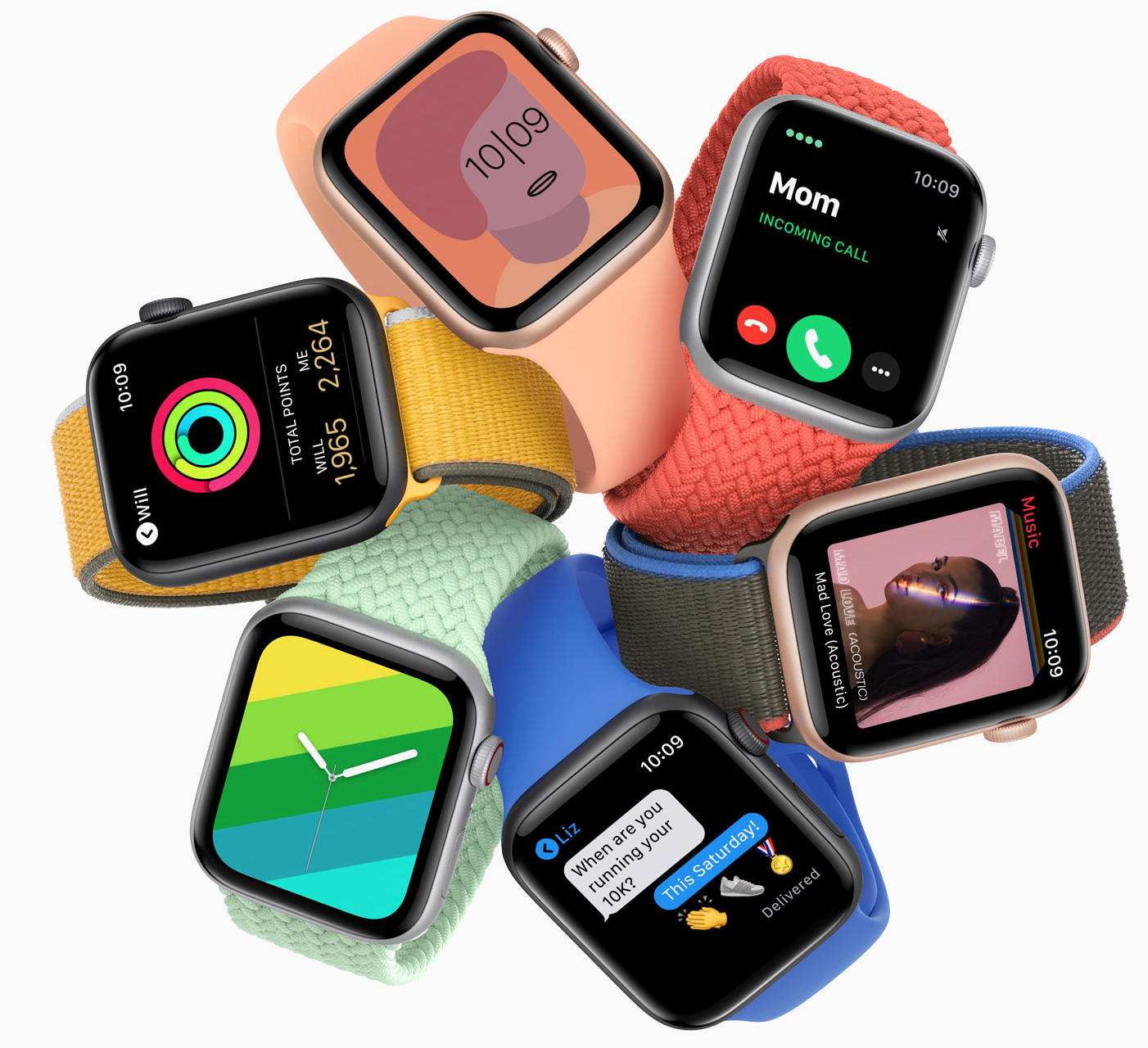
Security first, second, and third. Apple devices and platforms are designed to keep your personal data and corporate information secure. Key security features, like hardware-based device encryption, can’t be disabled by mistake. Touch ID and Face ID make it easy to secure every device. And because many of these features are enabled by default, employees and IT won’t need to perform extensive configurations.
Apple's Brief history#
From Apple I to Steve Jobs 2.0 Understanding why Apple became so successful requires looking back at its origins and history. From the first Apple computer (the Apple I, which was just a motherboard without a monitor or keyboard) to the latest iWatch, here is a brief overview of the chronology of Apple's innovative products.
Apple, founded by Steve Jobs and Steve Wozniak, started out in the business of kit computers with the Apple I.5 This initial production run is popular as a collectible now. However, it will mainly be remembered for helping the company get enough capital to build the Apple II in 1977—the same year Apple officially incorporated.6 Wozniak primarily built both these computers, and Jobs handled the marketing side.
The Apple II drove the company’s revenue until the mid-1980s, despite the hardware remaining largely the same. Apple attempted updates like the Apple III and the Apple Lisa, but these failed to catch on commercially. Although the Apple II was still selling, Apple as a company was in trouble when the 1980s began.
The 1984 release of the Macintosh was a leap forward for Apple. However, in the intervening years between the Apple II and the Macintosh, IBM had caught up. Disappointing revenues from the Macintosh and internal struggles for control led to Apple's board dismissing Jobs in favor of John Sculley (some sources say Jobs decided to leave).

In any case, Jobs worked on NeXT Inc. after leaving Apple. Under Sculley, Apple started growing its product lines.
Sculley served as Apple’s CEO until 1993. During those years, Apple enjoyed strong growth. It created new products, including laser printers, Macintosh Portable, PowerBooks, the Newton, and much more. Apple products continued to sell at a premium, so the margins were generous for Apple and led to strong financial results. During the same period, however, cheaper computers running Windows were serving a far larger middle market, while Windows also benefited from powerful Intel processors. By comparison, Apple seemed to be stalling.
Airpods
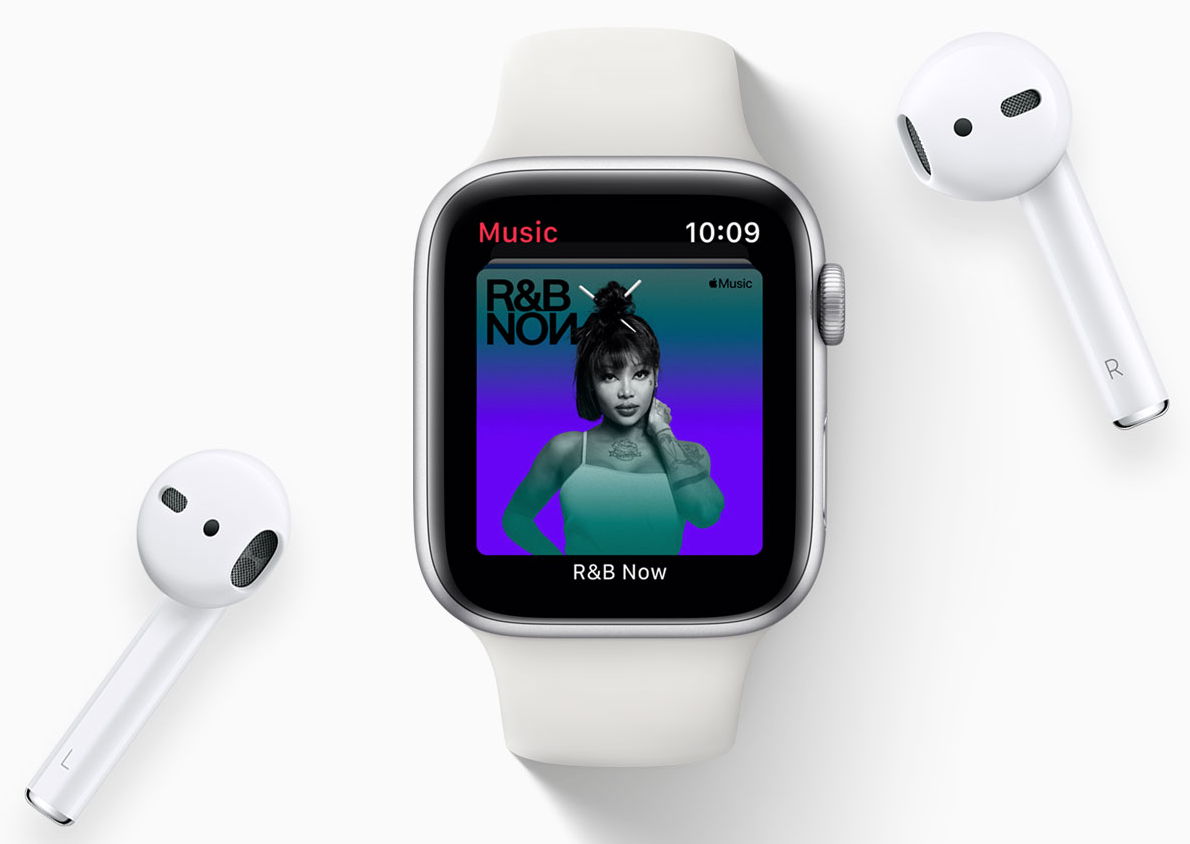 Two CEOs, Michael Spindler and Gil Amelio, failed to turn the tide against the relentless spread of systems running Microsoft operating systems.10 Microsoft's new operating system, Windows, was becoming the industry standard, and the Apple Macintosh was showing signs of age. Amelio eventually set about addressing some of these issues by buying NeXT Inc.—the company run by none other than Apple founder Steve Jobs.
Two CEOs, Michael Spindler and Gil Amelio, failed to turn the tide against the relentless spread of systems running Microsoft operating systems.10 Microsoft's new operating system, Windows, was becoming the industry standard, and the Apple Macintosh was showing signs of age. Amelio eventually set about addressing some of these issues by buying NeXT Inc.—the company run by none other than Apple founder Steve Jobs.
The Second Chance CEO From the Macintosh onward, Apple has either been a reflection of or a reaction to Steve Jobs. In the Macintosh, Apple was trying to create a machine that made computing simple and enjoyable. In particular, Jobs was out to create a user experience that would convince everyone to buy a Mac.
Jobs believed a truly revolutionary product couldn't depend on customers’ needs and wants. He thought customers could not understand the value of a product until they were actually using it. Unfortunately, Jobs was ahead of his time in 1985—precisely 12 years ahead of his time.
MacBook Pro
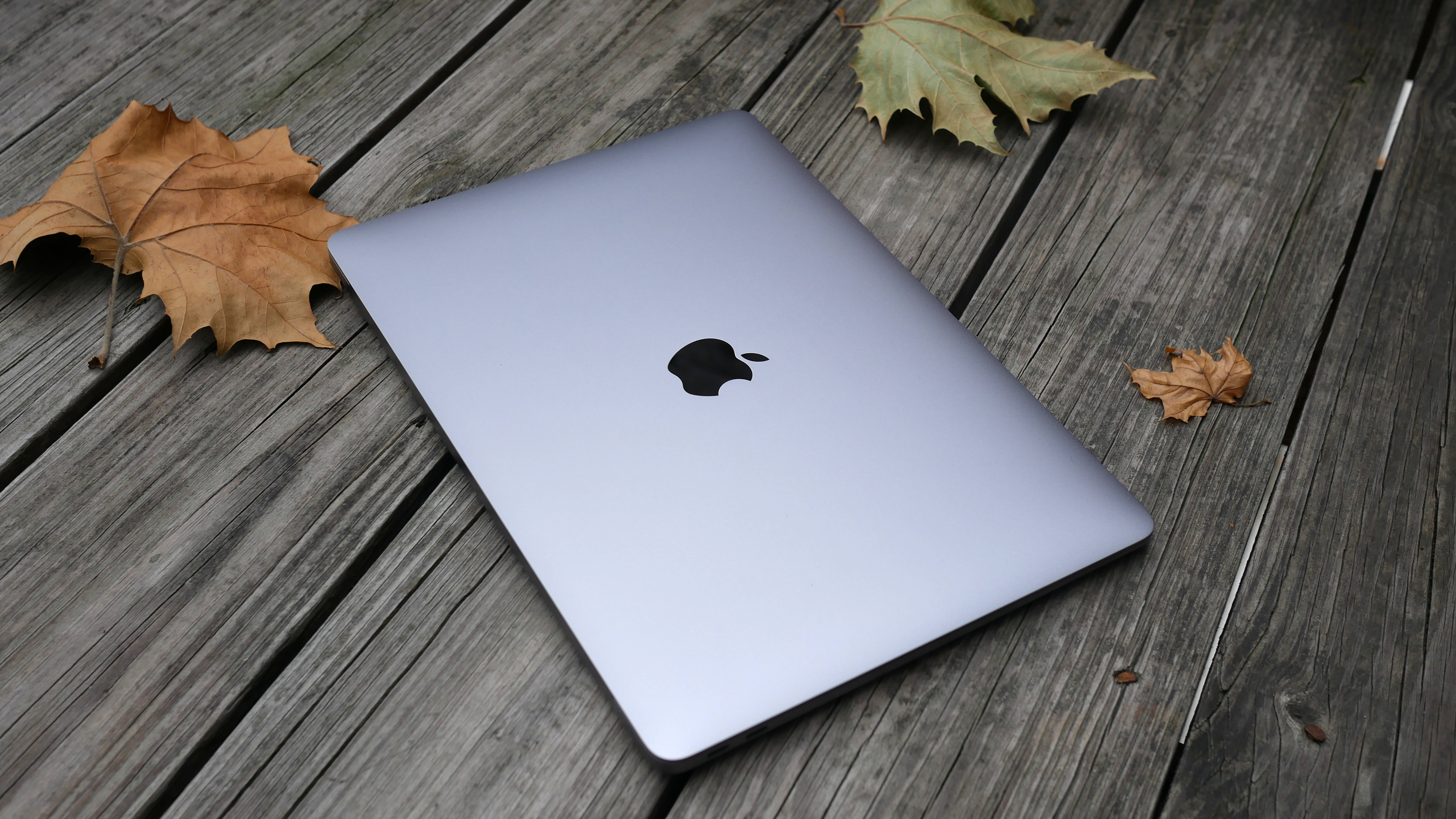
When Jobs overthrew Amelio and took Apple's reins once more in 1997, the hardware had caught up to his vision for all things digital. He launched the iMac with a strong marketing campaign featuring the "Think Different" slogan. Although Jobs is often given credit for spending the money and time on marketing, excellent marketing and branding have always been key to Apple's growth. The real difference between the iMac and all the products preceding it was the beauty and design.
It was not a tower and monitor setup like every other PC on the market. The iMac almost looked like a racer’s helmet photographed at speed, a colorful blur sweeping back from the screen. In 1998, the iMac was the most aesthetically pleasing machine on the market. It was the computer no one knew they wanted until they saw it. It was elegant and, thanks to the OS upgrade, it was user-friendly.
MacBook Air
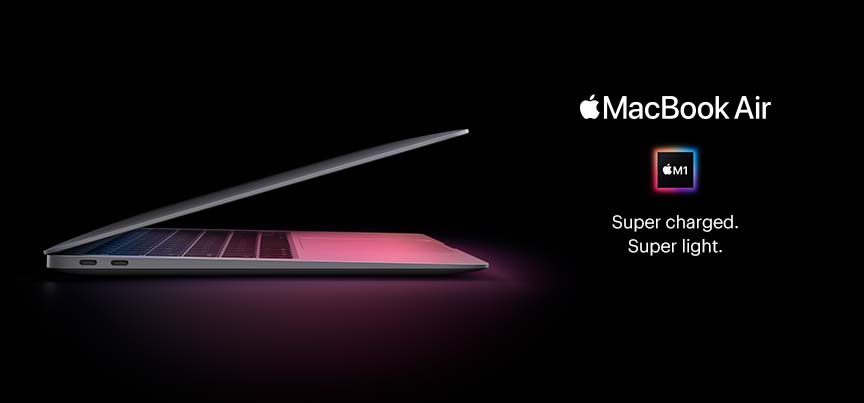
The iEcosystem The iMac was just the start as Apple released a string of hit products that reflected the new focus on elegance and user experience. These included the iBook, the iPod, the iPhone, the MacBook Air, and the iPad. The iPod became the category killer in MP3 players, and the iPhone essentially launched and then dominated the smartphone market. The iPad then somehow convinced millions of people that they needed yet another screen to consume content.
All these devices were perceived as being better in quality—and certainly in design—than competing products. Jobs was relentless on design and indoctrinated the entire culture of Apple into the art of design.
The other point he brought Apple back to in his second tenure is the ease of use. After a few minutes of using the wheel on an iPod or tapping icons on an iPad, these new forms of control became part of the simplicity that makes Apple appealing. Now every product update from Apple is anticipated by the media and the general public, in addition to the fans that the company had from the start.
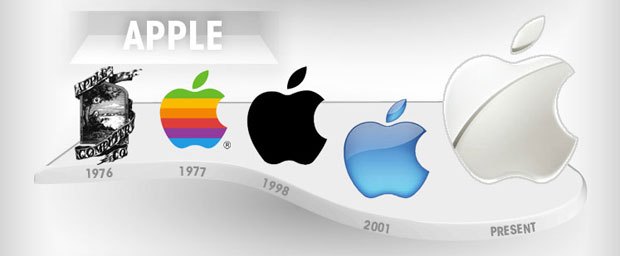
More importantly, all of these products moved Apple into a new business model of creating a tight ecosystem of hardware, software, and content. Apple didn't create iTunes to be a simple program for users to transfer MP3s onto iPods, as was the case with many other manufacturers' offerings. Instead, the company attacked the concept of an album by breaking them into songs that would be sold individually at a fraction of the whole album's price.
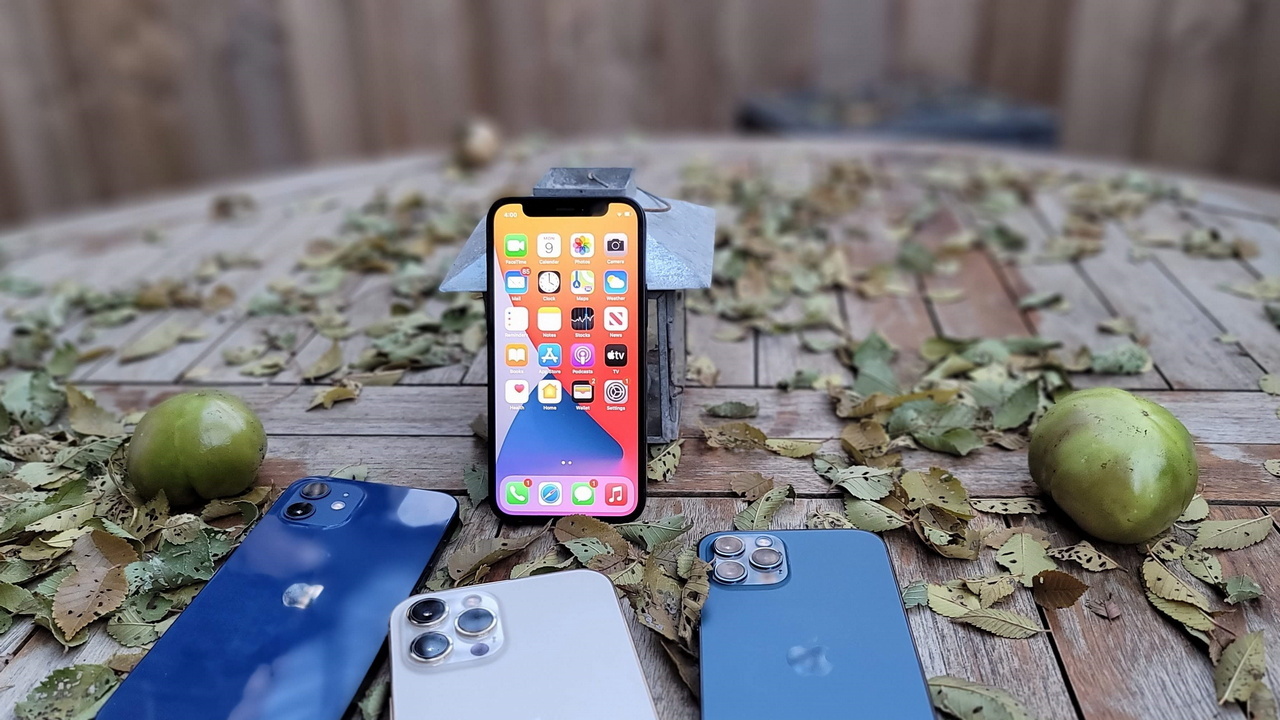 The same process took place with software. Many popular computer functions could be done on Apple's mobile devices using stripped-down apps—available, of course, on Apple's App Store.
The same process took place with software. Many popular computer functions could be done on Apple's mobile devices using stripped-down apps—available, of course, on Apple's App Store.
Being the first big mover into many of these markets, Apple built the stadium and set the rules for the game. When you pay for books, movies, apps, or music on an Apple device, Apple gets a cut. Of course, this business doesn't generate as much revenue as selling an iPhone or an iPad, where the markup is much more generous.
Ipad
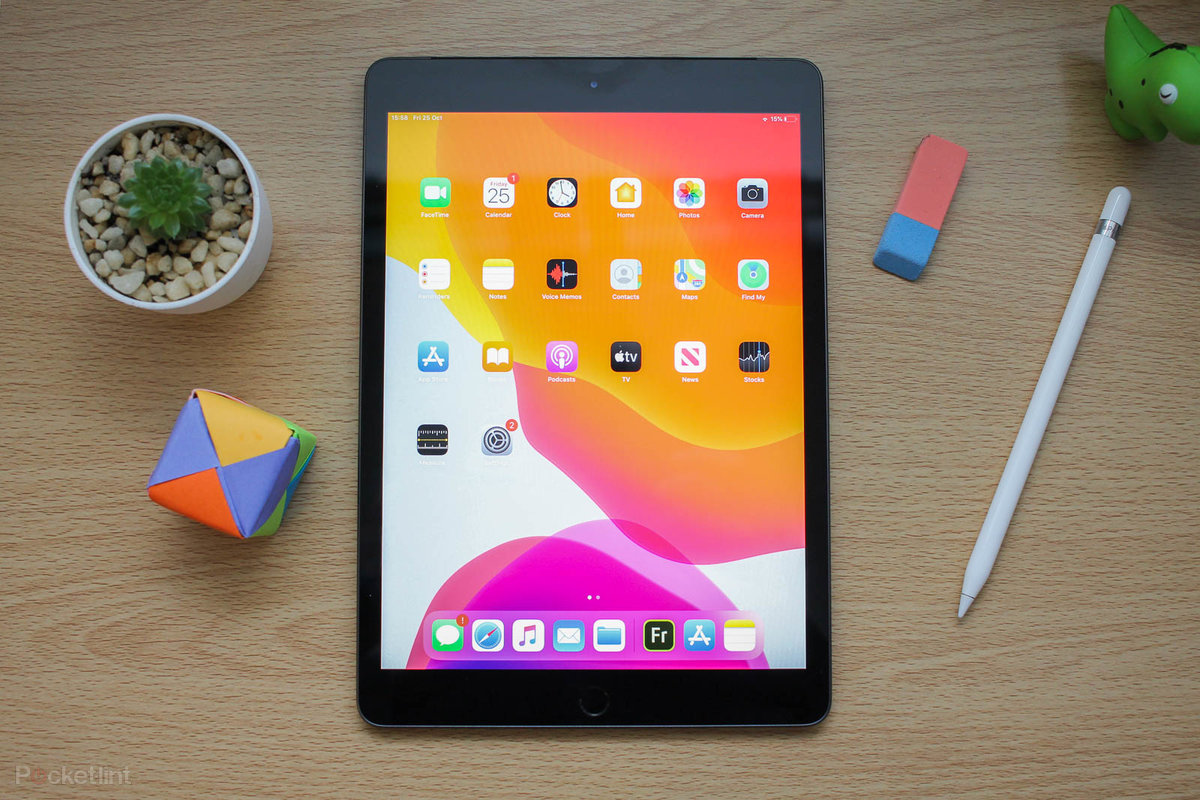 That said, it is the content you buy through Apple that locks many people into buying Apple again when their i-devices get old. So the content part of the ecosystem pays off for Apple in the short-term and the long-term. Once you migrate to Apple because of the design or the simplicity, it is the integration with your content that keeps you there.
That said, it is the content you buy through Apple that locks many people into buying Apple again when their i-devices get old. So the content part of the ecosystem pays off for Apple in the short-term and the long-term. Once you migrate to Apple because of the design or the simplicity, it is the integration with your content that keeps you there.
The Post-Jobs Era Steve Jobs died in 2011 of pancreatic cancer. Serving as CEO until shortly before his death, Steve Jobs turned the reins of the company over to Tim Cook. The post-Jobs era at Apple has nonetheless been a success by most measures. Apple continued to be the dominant tech company in both market share and stock price.
Some analysts feel that without Jobs as the creative force, Apple has become solely iterative in its tech releases rather than transformative. The major release of the post-Jobs era has been the Apple Watch. The firm also created Apple TV devices and launched the Apple TV+ streaming video-on-demand service to go with it.
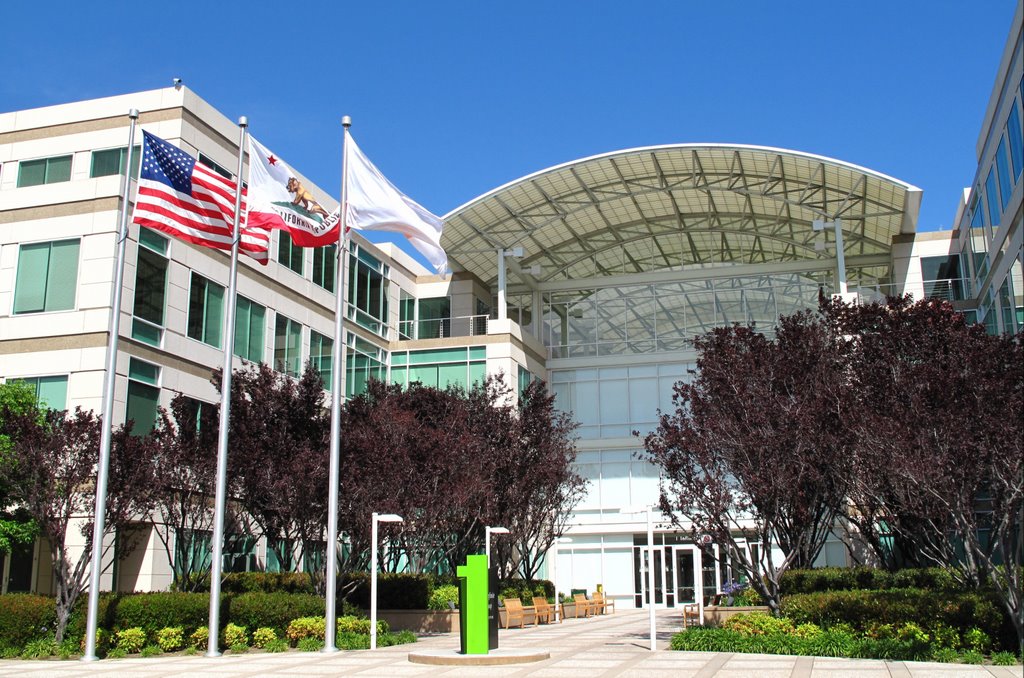
In the absence of a groundbreaking new product, Apple is heavily reliant on the iPhone's production cycle to power its financial success. Critics say that without Steve Jobs at the helm, Apple has lost its innovative edge in recent years and is riding on its brand to drive sales.
Working to make the world a better place.#
Environment Apple products are designed to reduce our impact on the planet while maximizing performance and strength. We strictly monitor our supply chain during manufacturing, are careful to design for energy efficiency, and work to make our products as recyclable as possible.
Apple TV+
Alphabet#
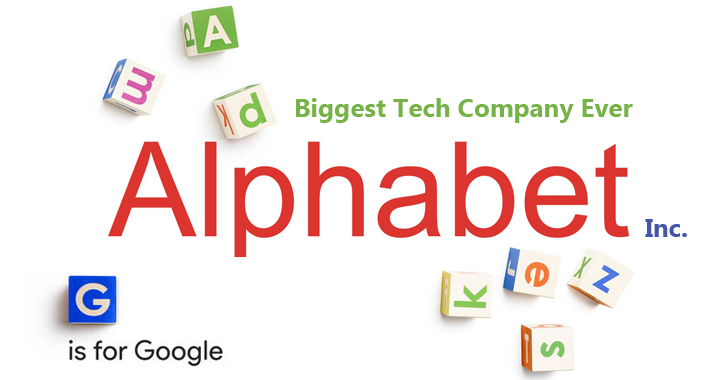
Alphabet Inc. (GOOGL) was originally founded as a search engine company in 1998 under the name Google Inc.Since then, Google has become the world's most popular search engine, with a 92% share of the global search market.
The company has diversified far beyond search engines in the past two decades. It reorganized in 2015 and created the holding company named Alphabet. The parent holds Google, its largest subsidiary, and a number of other companies. Some of these companies are subsidiaries of Google, while others are separately owned by Alphabet.
Alphabet has become one of the world's largest technology conglomerates, with a market capitalization of $1.4 trillion as of February 17, 2021. The company posted net income of $40.3 billion on revenue of $182.5 billion during its 2020 fiscal year (FY), which ended December 31, 2020.
The majority of Alphabet's revenue is generated from advertising. The company offers performance advertising, which allows advertisers to connect with their users with measurable results. It also sells brand advertising, which aims to enhance users' awareness and affinity with brands. Advertising is thus a core part of Alphabet's strategy and has guided many of its acquisition decisions, such as the purchase of DoubleClick in 2008 (see below).
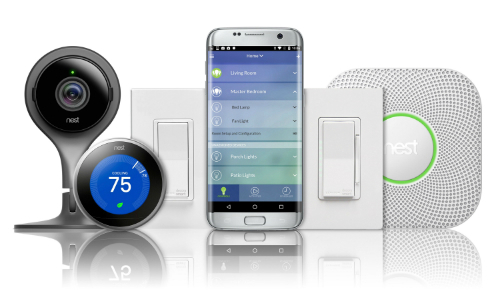
However, Google also generates revenue from other sources, including sales of apps, in-app purchases, hardware, and licensing and service fees, including those received from Google Cloud and other products. The company has made acquisitions to bolster these businesses.
Alphabet also is constantly looking for novel technologies that can enrich its portfolio of businesses. The company recently acquired fitness technology company Fitbit.Acquiring smaller companies often eliminates emerging rivals, thus reducing competition for Alphabet. This is one reason Alphabet is currently the target of an antitrust lawsuit that was filed by the U.S. Department of Justice (DOJ) and eleven state Attorneys General in October 2020.
Below, we look in more detail at six of the company's major acquisitions. Alphabet does not break out the revenue that these purchases currently contribute to the company, with the exception of YouTube, below. Since Fitbit is newly acquired, we also add net income and revenue for that company.

Nest#
Type of business: smart-home products Acquisition price: $3.2 billion Acquisition date: February 7, 2014 Nest Labs was founded in 2010 by Tony Fadell and Matt Rogers. Both Fadell and Rogers left their positions at Apple's iPod and iPhone development division to start a technology company aimed at revolutionizing the thermostat: to transform it into a sensor-driven, Wifi-enabled, learning, and programmable device.
In 2014, Google acquired Nest and has since merged it with Google's Home division to create Google Nest, which offers a range of smart home products, including for security alarm systems, security cameras, Wifi routers, and home assistance devices.
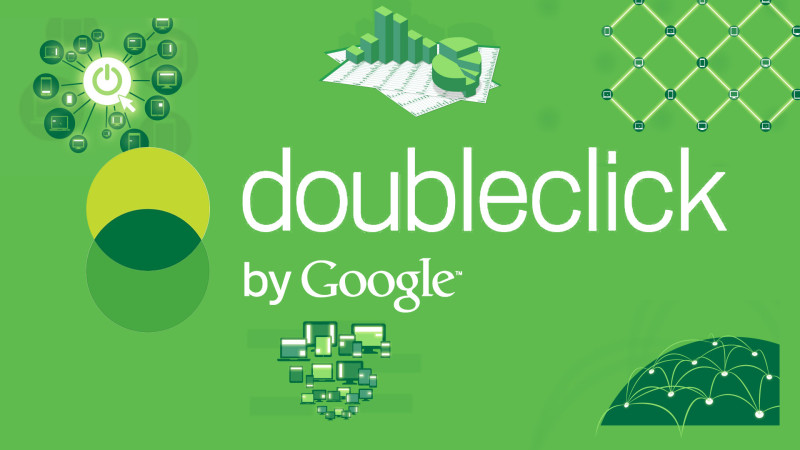
DoubleClick#
Type of business: ad management and ad serving solutions
Acquisition price: $3.1 billion Acquisition date: March 11, 2008 DoubleClick was founded in 1996 and became one of the stock-market stars of the dotcom era as a leader in the first generation of online advertising during the 1990s. Private equity firm Hellman & Friedman paid $1.1 billion in a "take-private" transaction to become majority owners of the company in 2005.
Google then acquired DoubleClick in 2008 as a way to bolster the analysis and ad-targeting capabilities of its customers. In 2018, Google retired the brand names for its DoubleClick and Google's AdWords brand, making Google Ads the central tool for advertisers.
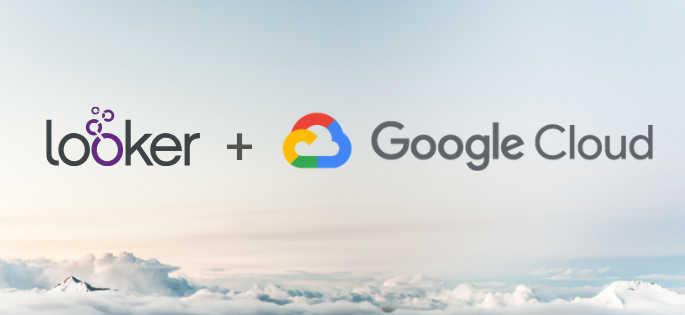
Looker#
Type of business: business intelligence software and data analytics
Acquisition price: $2.6 billion Acquisition date: February 12, 2020 Looker, founded in 2011 by Lloyd Tabb, helps companies to easily extract and analyze data. Most legacy business intelligence systems at the time required users to have engineering and programming expertise in order to extract data and analyze it. Looker simplified the process by taking programming queries and modifying them to read more like natural languages, such as English. This allowed users to perform data analytics without having to "speak" code.
Google finalized its acquisition of Looker earlier this year and plans to leverage its capabilities through the Google Cloud service. At Google Cloud, Looker can help customers accelerate their ability to analyze data, deliver business intelligence, and build data-driven applications.
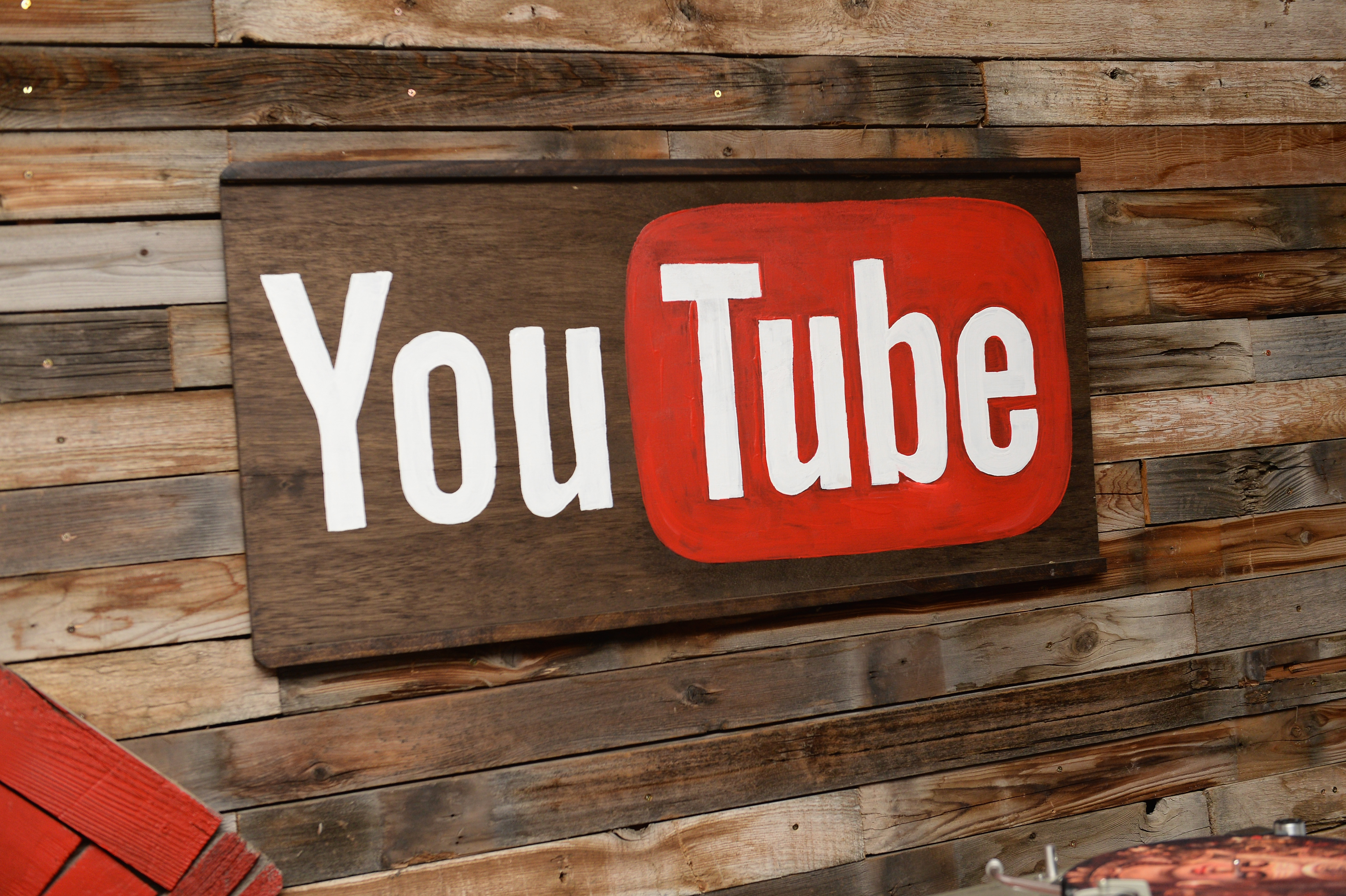
YouTube#
Type of business: online video-sharing platform
Acquisition price: $1.65 billion Acquisition date: November 13, 200621 YouTube ad revenue (2019): $15.1 billion22 YouTube was founded in 2005 by three former PayPal employees who believed that ordinary peopled would enjoy sharing their homemade videos online. By the summer of 2006, YouTube was already offering more than 100 million videos per day. Both technical problems that accompany rapid growth and lack of commercial success prompted YouTube to begin searching for a buyer.
YouTube TV
Meanwhile, Google's own video platform, Google Video, which was also launched in 2005, had failed to generate much traffic. Google's acquisition of YouTube in late 2006 gave it a new, powerful video platform. YouTube has grown into a significant source of Alphabet's ad revenue, while also generating revenue through premium and YouTube TV subscriptions.
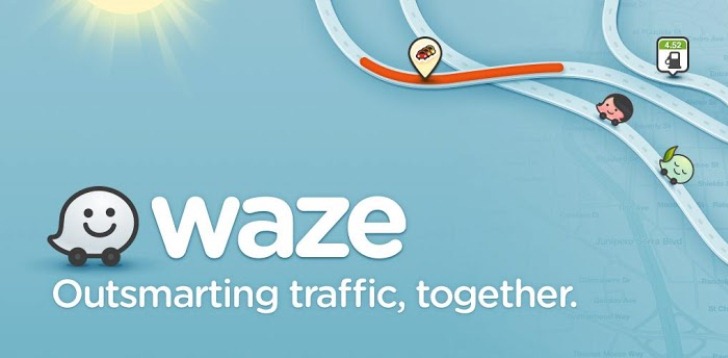
Waze#
Type of business: mobile navigation app
Acquisition price: $966 million Acquisition date: June 11, 2013 Waze was founded in Israel in 2008. The crowd-sourced mobile traffic advisory device and navigation service was acquired five years later by Google, whose own Google Maps app was already seven years old by that time. Acquiring Waze was one way to eliminate competition, but Google also saw Waze's traffic-updating features as novel enhancements to Google Maps.
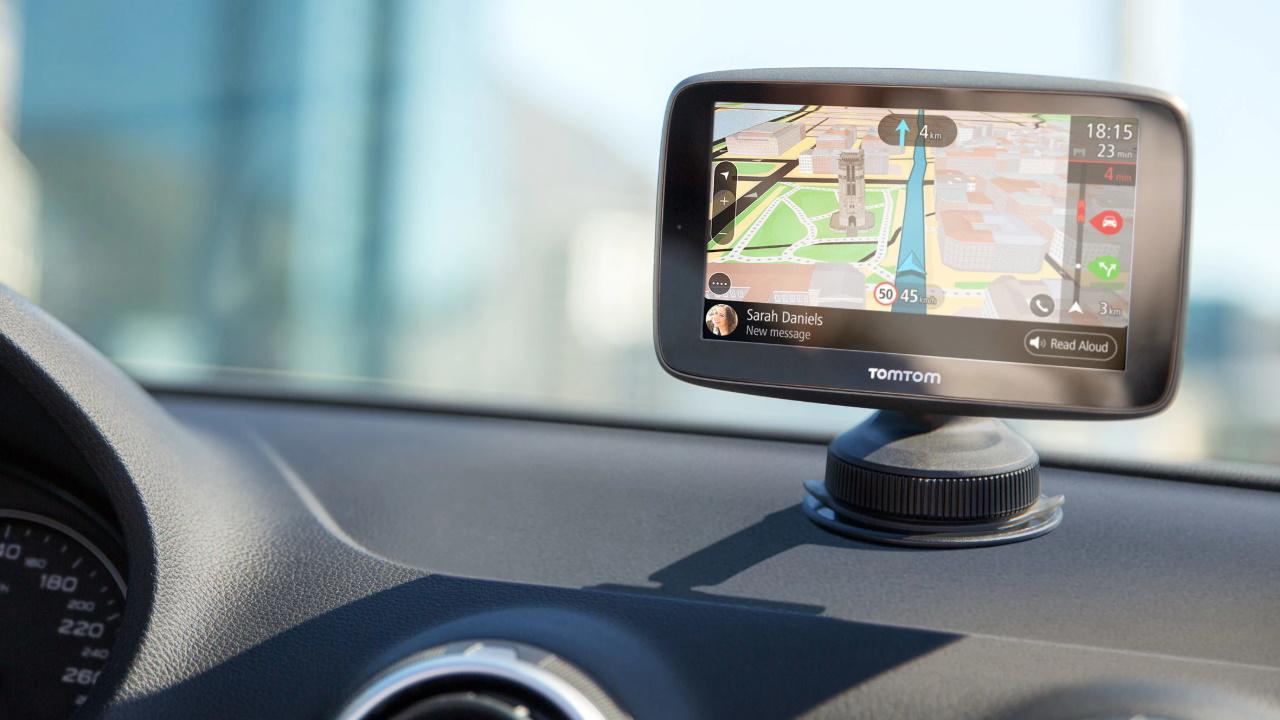 Google has since been able to monetize the service by selling ad services to businesses, including ads that alert drivers when they are near participating businesses.Waze reached 100 monthly million active users in 2018.
Google has since been able to monetize the service by selling ad services to businesses, including ads that alert drivers when they are near participating businesses.Waze reached 100 monthly million active users in 2018.

Fitbit Inc.#
Type of business: wearable fitness devices and app
Acquisition price: approximately $2.1 billion Acquisition date: January 14, 2021 Annual revenue (2019): $1.4 billion Annual net loss (2019): $320.7 million Fitbit was founded in 2007 by James Park and Eric Friedman, whose goal was to create a wearable product that leveraged wireless technology to enhance users' health and fitness.The company's products include smartwatches, armband fitness trackers, a digital fitness tracking application, and related gear, accessories, and services.

Google acquired Fitbit in January 2021 after the deal was first announced in November 2019, adding to its wearable-device lineup following its acquisition of the Timex smartwatch technology in 2019.3632 The deal closed after antitrust regulators in the European Union approved the acquisition with conditions directed at protecting users' health data and preserving competition in the sector for wearable tech. Google stressed that the acquisition is about devices, rather than data, and made commitments that user data would not be used for Google ads. However, the DOJ's antitrust lawsuit against Google means the deal may face more scrutiny and is still subject to regulatory risks.3
Amazon#
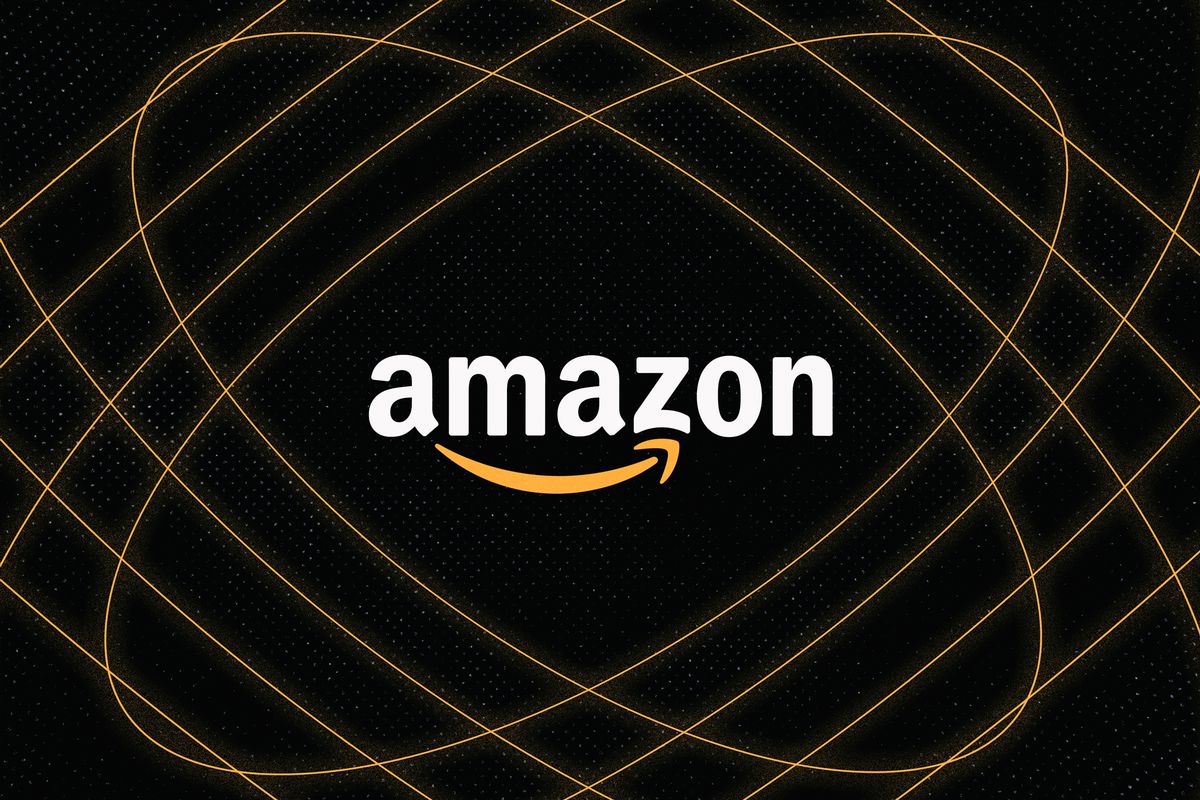
Known as the world’s leading digital retailer; an online darling that sells anything you can imagine - from retro coffee tables and velvet suit hangers to the strongest expandable garden hoses.
We’re talking about the great Amazon.com.
Nestled in Seattle, Washington and describing itself as a company that obsesses over its customers, the American e-tailer is deemed one of the biggest business success stories on the globe. It has “the Earth's Biggest Selection” of products, with categories ranging from electronics, music, and homewares to furniture, personal care, and sporting goods. Amazon has grown to a customer base of more than 30 million people since launching in 1994 and earned a mammoth revenue of US$135.98 billion in 2016, making itself the largest Internet company in the world by revenue.
Before reaching such astronomical heights, Amazon (like many tech companies) started from very humble beginnings.
Diversifying in the blink of an eye
From a garage startup selling mail order books, Amazon.com has grown rapidly, breaking into many different markets. Whilst many seem like complimentary areas - clothing and homewares, for example, one of the more surprisng industries it has made moves into is entertainment. Twelve years ago, Amazon launched a paid subscription service called Amazon Prime to let users stream music and videos for either a monthly or yearly fee. The service also enables members to enjoy free shipping.
Then there’s Amazon Music -#
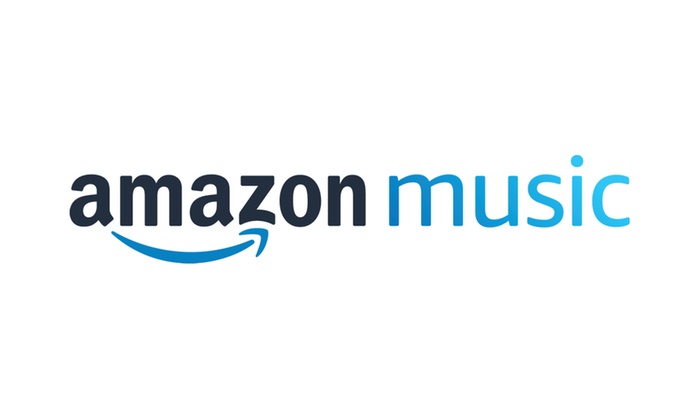 as it pushes further into the entertainment market. Released in 2007, the Amazon online music store slash streaming platform provides music lovers with more than 20 million songs from hundreds of thousands of artists and labels.
as it pushes further into the entertainment market. Released in 2007, the Amazon online music store slash streaming platform provides music lovers with more than 20 million songs from hundreds of thousands of artists and labels.
Amazon has also diversified beyond entertainment. Before they rolled out Amazon Music, they first launched a game-changing web service that has now become one of its most profitable divisions:
Amazon Web Services (AWS).#
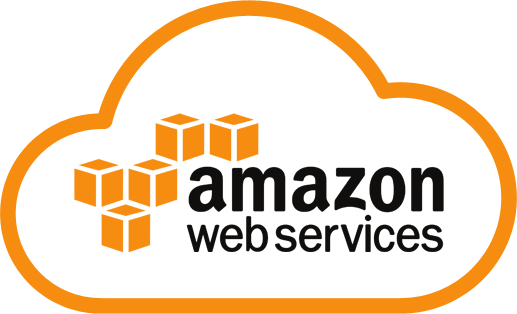
AWS offers cloud computing services not only to Amazon itself but also to other big enterprises. It enables companies to buy storage space to host a website or to run huge database. AWS was launched off the back of Amazon's relentless persuit of leading edge technology in order to stay at the forefront of retail. By building out amazing technology for itself, Amazon was not only able to launch all of its rapid selling and delivery services for multiple industries, but realised its technology was a business offering of its own.
Using its cutting edge technology, Amazon also attempted to enter the grocery retail sector when it introduced AmazonFresh. The service lets consumers order fresh grocery items like seafood, meat, fruit and vegetables, and have them delivered to their doorstep in a matter of hours.
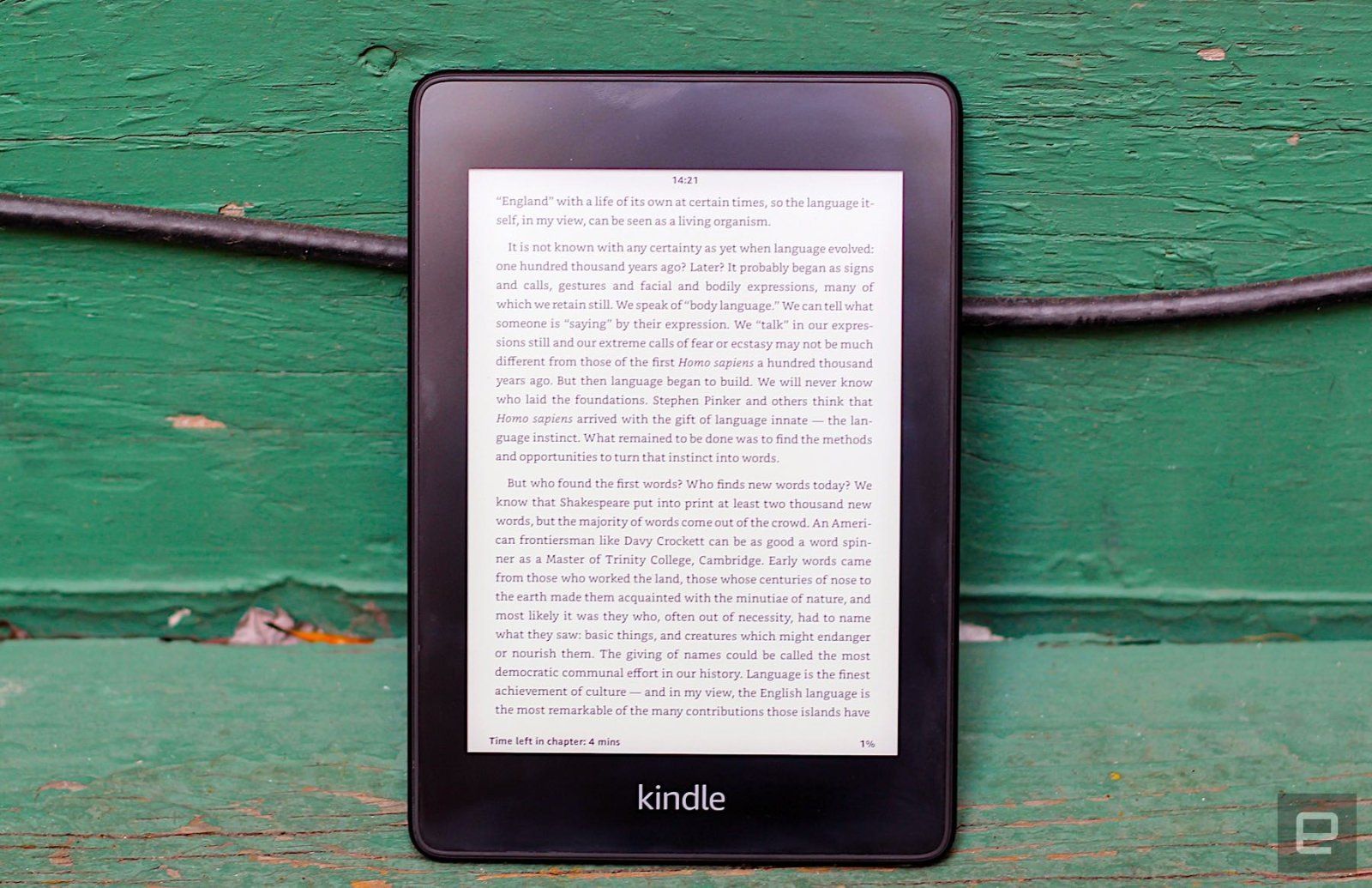
As well as these innovations, while the e-commerce giant has kept on experimenting with new markets, it hasn't forgotten what is truly at its core: books. From changing the way people buy books, it then changed the way they read them - with the launch of the
Amazon Kindle.#
The e-reader device enables users to browse, buy, and read e-books, magazines, newspapers, or whatever they find interesting from the Kindle Store.
Now if people can order books and grocery items on Amazon.com, what about clothes? Enter the Amazon Prime Wardrobe. Deemed a smart move to transform the online fashion industry, this recent perk lets Amazon Prime members try on clothes and return those that don’t fit for free. The service is still in beta right now, but interested users can sign-up to get notifications once it rolls out.
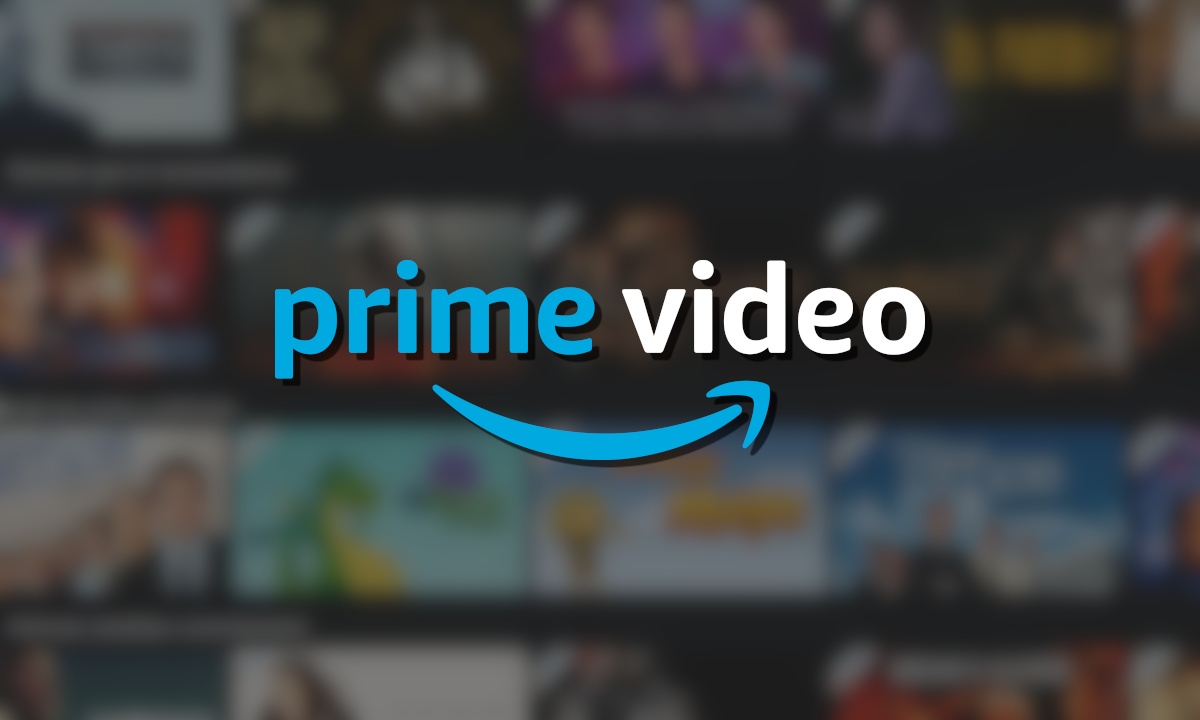
Amazon has revolutionised a number of industries, combining cutting edge technology to change the way we buy and read books, buy clothing, get our groceries and consume entertainment. Amazon is indeed diversifying and taking almost all industries by storm. And with all the acquisitions the company has made recently, it is obvious that it won’t stop until it has dominated all the aspects of retail.
Amazon Prime Video
Microsoft#
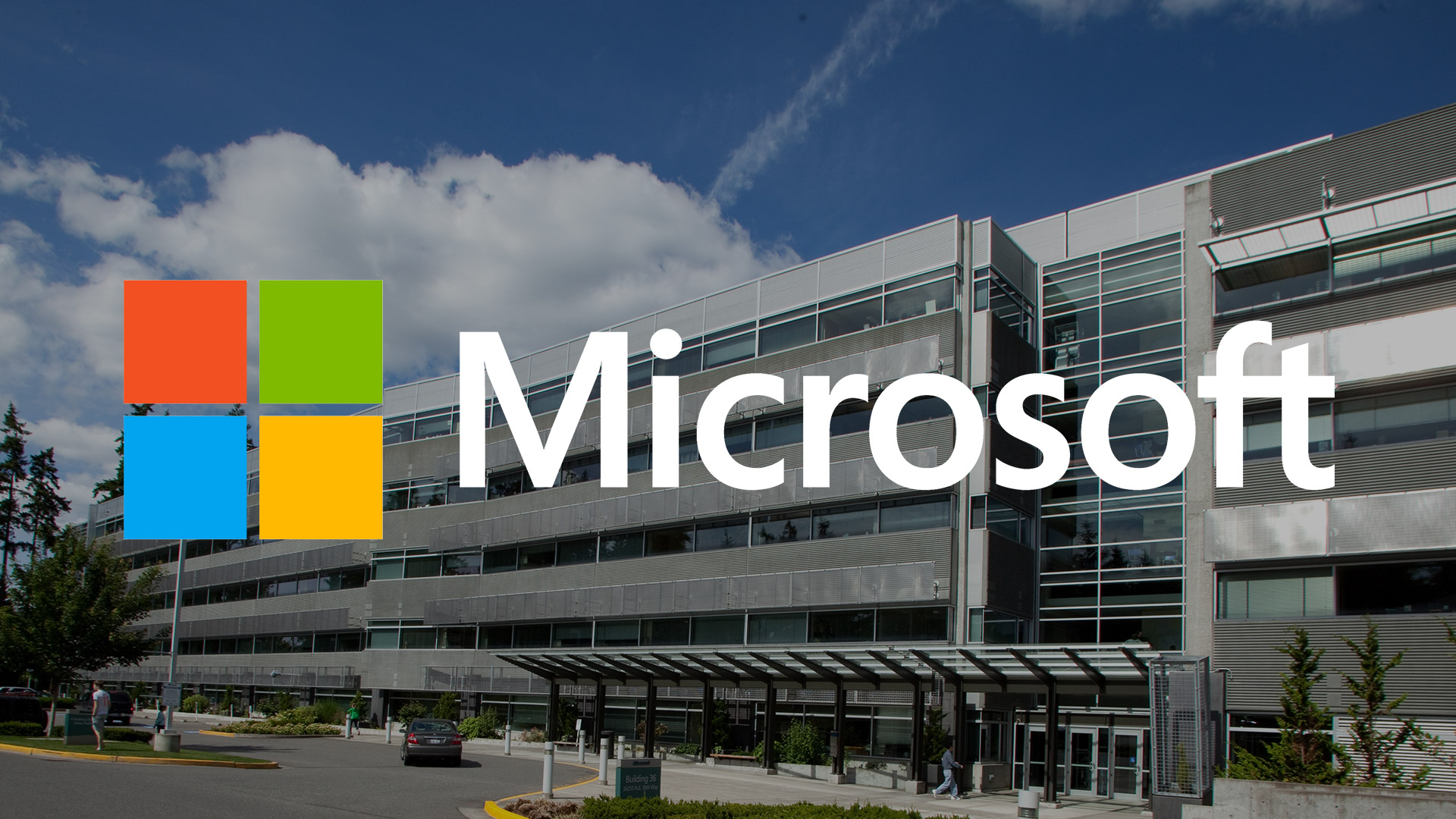
Microsoft Corporation is a technology company. The Company develops, licenses, and supports a range of software products, services and devices. The Company's segments include Productivity and Business Processes, Intelligent Cloud and More Personal Computing. The Company's products include operating systems; cross-device productivity applications; server applications; business solution applications; desktop and server management tools; software development tools; video games, and training and certification of computer system integrators and developers. It also designs, manufactures, and sells devices, including personal computers (PCs), tablets, gaming and entertainment consoles, phones, other intelligent devices, and related accessories, that integrate with its cloud-based offerings. It offers an array of services, including cloud-based solutions that provide customers with software, services, platforms, and content, and it provides solution support and consulting services.
Microsoft is an American multinational computer technology corporation whose history started 4th April 1975. Formed by Harvard College dropout, Bill Gates and his childhood friend Paul Allen, Microsoft has now become the biggest software company. It is also one of the most valuable companies in the world.
So how did Microsoft become so successful? Microsoft is engaged in developing, licensing and supporting a range of software products and services catering to different requirements. In 2000 Steve Ballmer was appointed the new CEO of Microsoft. Bill Gates had met Steve Ballmer at Harvard University before he left. Although there was some concern over Ballmer’s ability, Microsoft retained its top spot in both business and personal computer markets. Microsoft’s primary strengths and most of its profits were obtained from the business side. Although the company recognised that they had a major presence in consumer markets as technology advances.
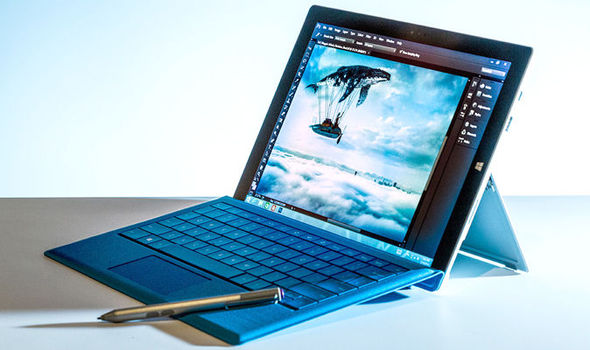 The successful Altair deal back in January 1975 inspired Bill Gates and Paul Allen to form Microsoft. Their revenues for 1975 totalled $16,000. Microsoft's big break was in 1980, when a partnership was formed with IBM which resulted in Microsoft providing a crucial operating system, DOS, for IBM PCs. This meant that for every IBM Computer sold a royalty was paid to Microsoft. In 1990, Gates showed the future plan for Microsoft with the introduction of Windows 3.0. 60 million copies of Windows had been sold now which effectively made Microsoft the sole keeper of the PC software standard.
The successful Altair deal back in January 1975 inspired Bill Gates and Paul Allen to form Microsoft. Their revenues for 1975 totalled $16,000. Microsoft's big break was in 1980, when a partnership was formed with IBM which resulted in Microsoft providing a crucial operating system, DOS, for IBM PCs. This meant that for every IBM Computer sold a royalty was paid to Microsoft. In 1990, Gates showed the future plan for Microsoft with the introduction of Windows 3.0. 60 million copies of Windows had been sold now which effectively made Microsoft the sole keeper of the PC software standard.
Microsoft before 1990 was predominantly a supplier to the hardware manufacturers. That was their target market. As technology advanced and personal computers become so popular, the bulk of Microsoft’s revenue was generated from sales to consumers. It was the first software company to reach $1 Billion in revenues. As more and more versions of Microsoft Windows were launched, Microsoft captured a higher market share the world’s PC (around 90%).
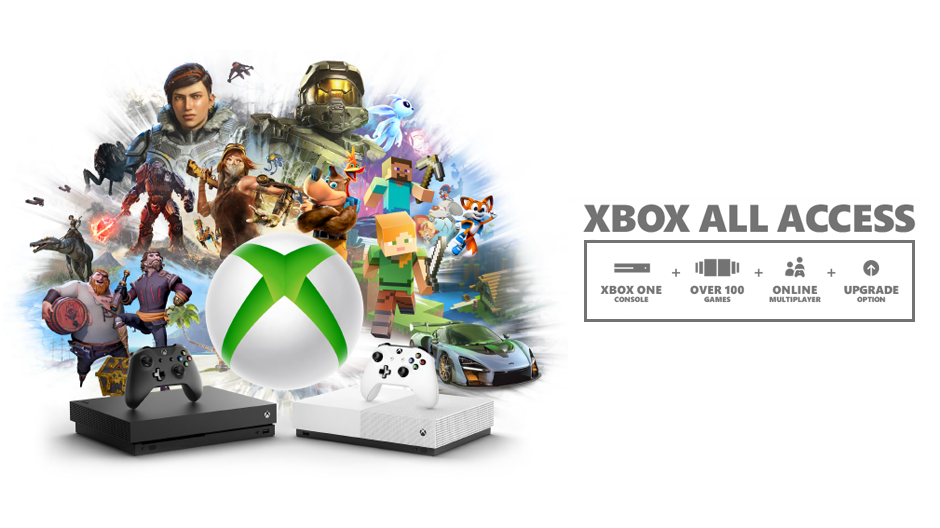 Project Longhorn in 2001, saw many of Microsoft’s previous operating systems being replaced starting with Vista. Vista was released to the general public in 2007 and it was the new operating system. There was many Vista options available catering for different consumers; Home (Basic or Premium), Ultimate, Business and many more. Microsoft’s core customers, the corporate market preferred Windows XP as the operating system was fast, stable and secure.
Windows 7 was released in 2009 to replace Vista which secured Microsoft’s lead in the software market. This was followed by the release of Windows 8 in Oct 2012 which included major changes to its OS platform and user interface to improve user experience on tablets. Since then Windows 8.1 has been released (October 2013) which contained more improvements.
Project Longhorn in 2001, saw many of Microsoft’s previous operating systems being replaced starting with Vista. Vista was released to the general public in 2007 and it was the new operating system. There was many Vista options available catering for different consumers; Home (Basic or Premium), Ultimate, Business and many more. Microsoft’s core customers, the corporate market preferred Windows XP as the operating system was fast, stable and secure.
Windows 7 was released in 2009 to replace Vista which secured Microsoft’s lead in the software market. This was followed by the release of Windows 8 in Oct 2012 which included major changes to its OS platform and user interface to improve user experience on tablets. Since then Windows 8.1 has been released (October 2013) which contained more improvements.
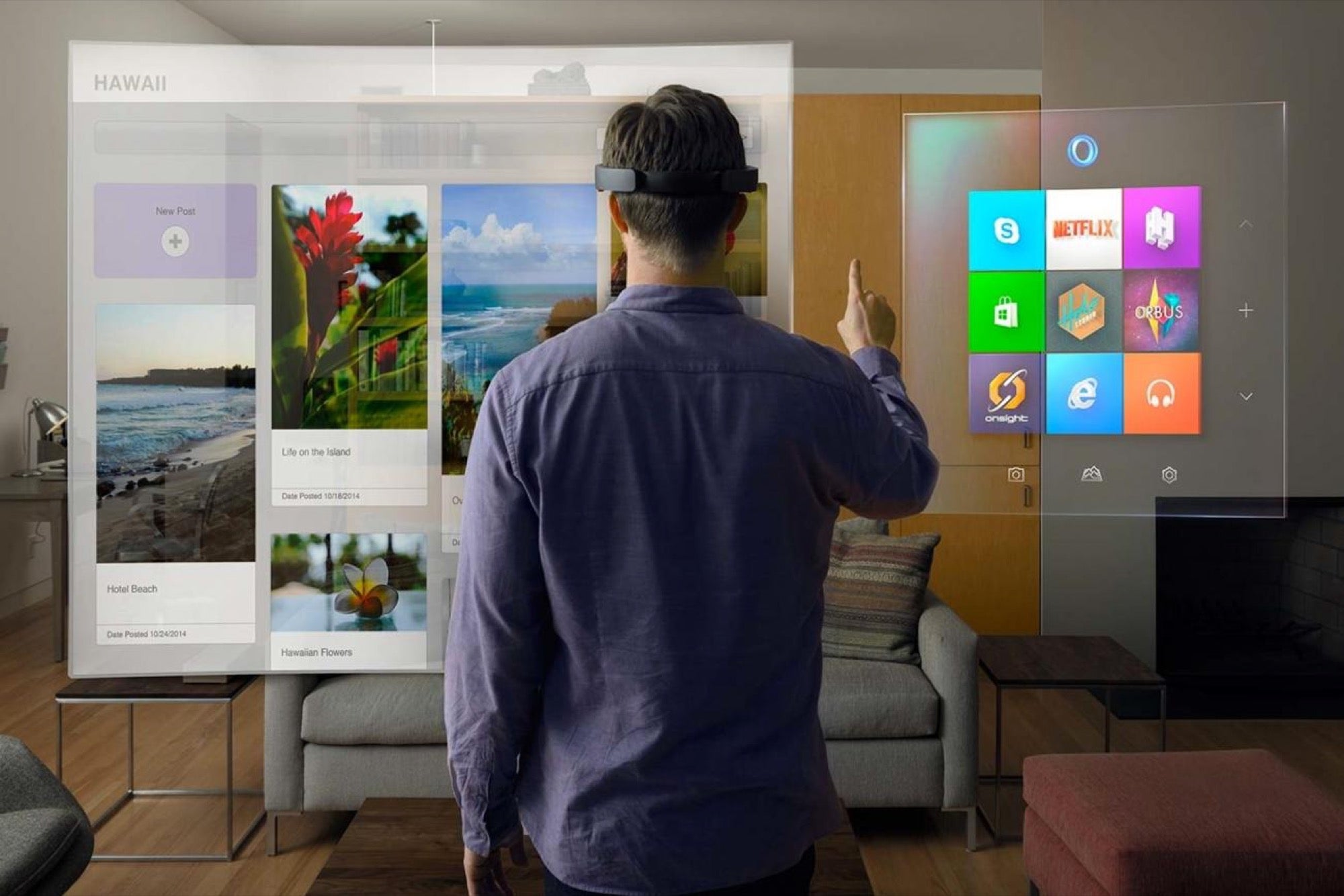 Microsoft also entered the gaming and mobile phone market and was successful in capturing a large market share. The Windows Mobile OS is used by numerous sellers including HTC, LG, Samsung and LG. In 2001 Microsoft released the Xbox followed by Xbox Live in 2002. Both releases were very successful which placed Microsoft second in the video gaming market. The Xbox 360, released in 2005 was a very powerful gaming console while facing strong competition. Microsoft had to cut the prices of their gaming consoles to gain a higher market share due to competition. This was a successful move; the Xbox 360 was the most used game console in American homes.
Microsoft also entered the gaming and mobile phone market and was successful in capturing a large market share. The Windows Mobile OS is used by numerous sellers including HTC, LG, Samsung and LG. In 2001 Microsoft released the Xbox followed by Xbox Live in 2002. Both releases were very successful which placed Microsoft second in the video gaming market. The Xbox 360, released in 2005 was a very powerful gaming console while facing strong competition. Microsoft had to cut the prices of their gaming consoles to gain a higher market share due to competition. This was a successful move; the Xbox 360 was the most used game console in American homes.
Microsoft acquired Skype in 2011 for $8.5 Billion; this was the largest acquisition in Microsoft’s history. Microsoft acquired Skype to compete with Apple’s Facetime and Google’s Voice. Microsoft planned to add Skype to its products such as Outlook, Xbox and Windows smartphones.
Microsoft has also recently moved into cloud computing with Windows Azure platform which was announced in 2008. The Windows Azure platform lets consumers build computing infrastructure in the “cloud” and offer it to its users. In 2011, Office 365, a cloud version of Office business software suite was released which included applications such as Word and Excel.

Samsung#
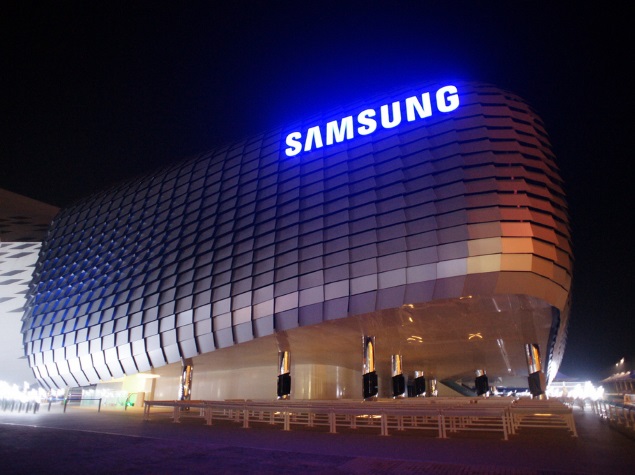 Samsung, South Korean company that is one of the world’s largest producers of electronic devices. Samsung specializes in the production of a wide variety of consumer and industry electronics, including appliances, digital media devices, semiconductors, memory chips, and integrated systems. It has become one of the most-recognizable names in technology and produces about a fifth of South Korea’s total exports.
Samsung, South Korean company that is one of the world’s largest producers of electronic devices. Samsung specializes in the production of a wide variety of consumer and industry electronics, including appliances, digital media devices, semiconductors, memory chips, and integrated systems. It has become one of the most-recognizable names in technology and produces about a fifth of South Korea’s total exports.
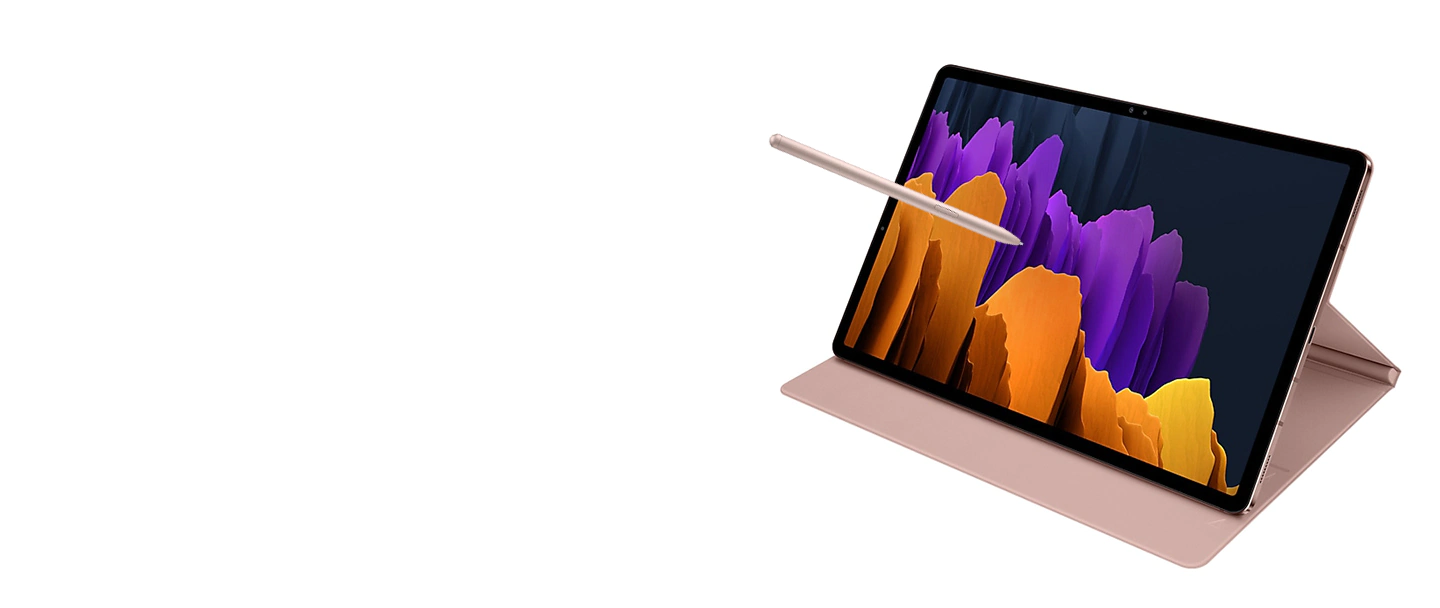 Samsung is a South Korean company originally founded as a grocery trading store by Lee Byung-Chull in March 1938. The company forayed in the electronics industry in 1969 and its first electronic product was a black-and-white television. Soon, the company also started exporting its products and became a major electronic manufacturer in its home country. In 1970, the company acquired a 50 per cent stake in Korea Semiconductor.
Samsung is a South Korean company originally founded as a grocery trading store by Lee Byung-Chull in March 1938. The company forayed in the electronics industry in 1969 and its first electronic product was a black-and-white television. Soon, the company also started exporting its products and became a major electronic manufacturer in its home country. In 1970, the company acquired a 50 per cent stake in Korea Semiconductor.
Witnessing a rapid expansion in the early 1980s, the company established separate branches for its various electronics businesses. It is at this time that the company also made investments in two research & development institutes which helped it become the market leader in information technology services. By 1990s, the company had become one of the top five electronics makers in the world and was mainly known for its semiconductors, LCD screens and other technology products.
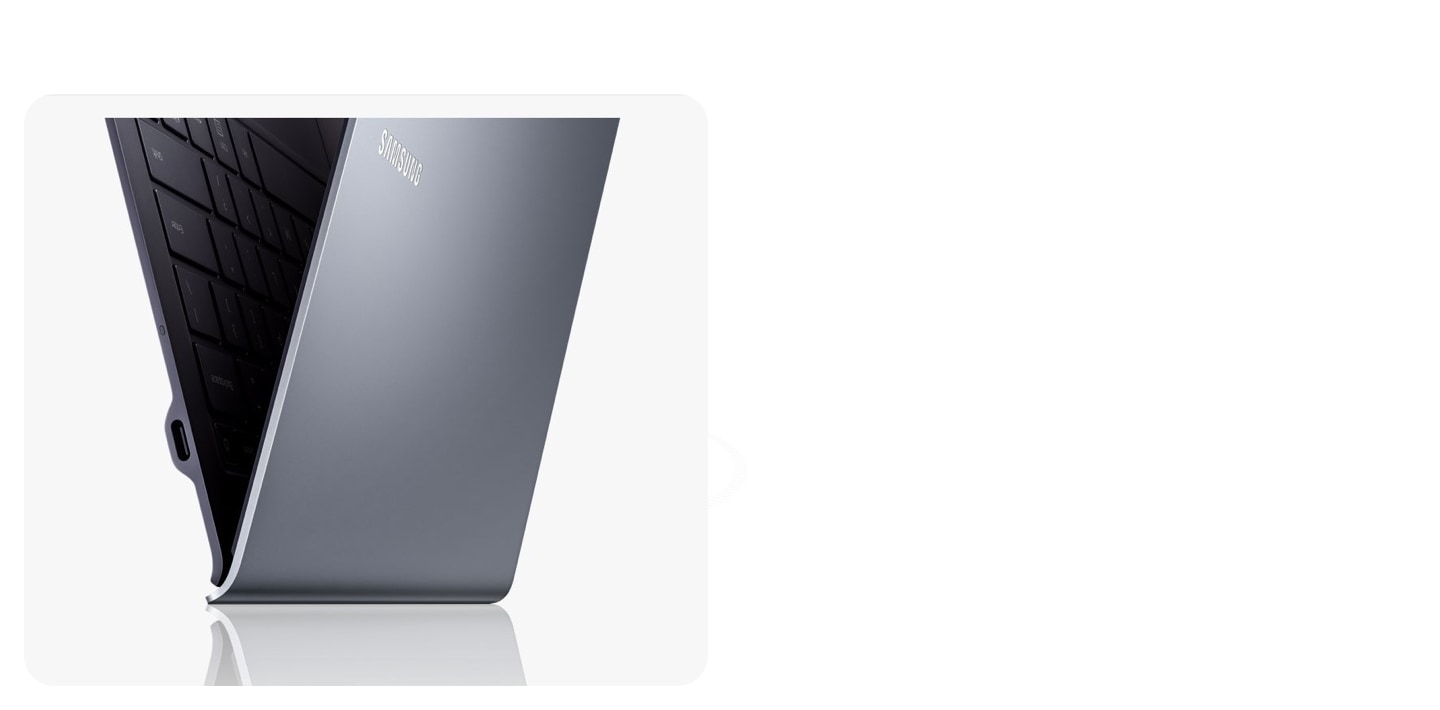 Samsung forayed into mobile phones in 2000 with the launch of a feature phone with built-in camera that could take up to 20 photos at a time. By late 2000, the company had launched several phones, but its global success story started with the launch of the Galaxy S series of smartphones that used the company’s OLED screen technology and hummingbird processor. Besides smartphones, the company is also a major vendor of tablet computers, particularly Android-powered Samsung Galaxy Tab-series, and is regarded as the originator of the phablet category through its Samsung Galaxy Note-series devices.
Samsung forayed into mobile phones in 2000 with the launch of a feature phone with built-in camera that could take up to 20 photos at a time. By late 2000, the company had launched several phones, but its global success story started with the launch of the Galaxy S series of smartphones that used the company’s OLED screen technology and hummingbird processor. Besides smartphones, the company is also a major vendor of tablet computers, particularly Android-powered Samsung Galaxy Tab-series, and is regarded as the originator of the phablet category through its Samsung Galaxy Note-series devices.
 Now, Samsung is one of the major manufacturers of electronic components globally. It is also one of the major suppliers of electronic products like batteries, semiconductors, chips, flash memory and hard drive to companies such as Apple, Sony, Nokia, etc. Samsung has also been the world's largest manufacturer of television since 2006, and of smartphones since 2011. In 2017, the company overtook Intel to also become the world's largest manufacturer of semiconductor chips.
Now, Samsung is one of the major manufacturers of electronic components globally. It is also one of the major suppliers of electronic products like batteries, semiconductors, chips, flash memory and hard drive to companies such as Apple, Sony, Nokia, etc. Samsung has also been the world's largest manufacturer of television since 2006, and of smartphones since 2011. In 2017, the company overtook Intel to also become the world's largest manufacturer of semiconductor chips.
Huawei#

To the layperson, Huawei is best known as one of the world’s top three smartphone makers. But Huawei is firstly a world leader in telecommunications - its industry-leading equipment, connecting developed and developing countries, is present in 170 countries.
The company’s origins, however, are far humbler.
The story of Huawei and its founding father, Ren Zhengfei, is one born out of need and circumstance. It’s a 30-year journey, marked with many setbacks and culminating in the company’s transformation into the behemoth it is today.
Humble Beginnings#
Ren Zhengfei himself embodies that journey to success, born into a time where Chinese people were enduring mass hardships, including famine and the fallout from the Cultural Revolution. Hard work and suffering were commonplace, and basic items such as cooking oil and salt were considered a luxury.
“We survived on cheap cereal crops throughout the year. We were slightly better off than our neighbours, because my parents were teachers. By better off, I mean we could add salt when we cooked,” remarks Ren.

He was the only member of his family lucky enough to receive higher education, for which he attended Chongqing Institute of Civil Engineering and Architecture. This distinction led him to a position in the army as a lab technician in 1974, under harsh conditions in a factory in rural Liaoyang.
“Our unit was part of the tens of thousands of troops that took up a construction task in the northern wilderness. We built our simple houses on our own. They were built during the winter, and the walls sank and cracked, so cold winds would blow through,” remembers Ren.
While the conditions were harsh, it gave him the opportunity to develop his fascination with mechanical innovation at a time when China was not highly focused on education, earning him the nickname ‘Ren–Tech’.
“Despite these difficult living conditions, our engineering work was actually pretty advanced and highly automated, and we had a rare opportunity to learn. So despite the difficult living conditions, we were very happy. The factory was like an oasis in the desert,” recalls Ren.
Who is Huawei#
The time in the factory saw Ren constantly experimenting with available machinery.
He used his knowledge of mathematics to develop schematics for equipment that made headlines in the Chinese press. It was the beginning of a lifetime of innovation.
In the 1980s, China downsized its army. As with many ex-army personnel, Ren found it hard to integrate into normal working life after his dismissal from the army, and did not do well – he was soon fired. This struggle to survive in a new, commercial world gave him the motivation he needed to start Huawei at the age of 44. He had no real experience working in a company, let alone running one.
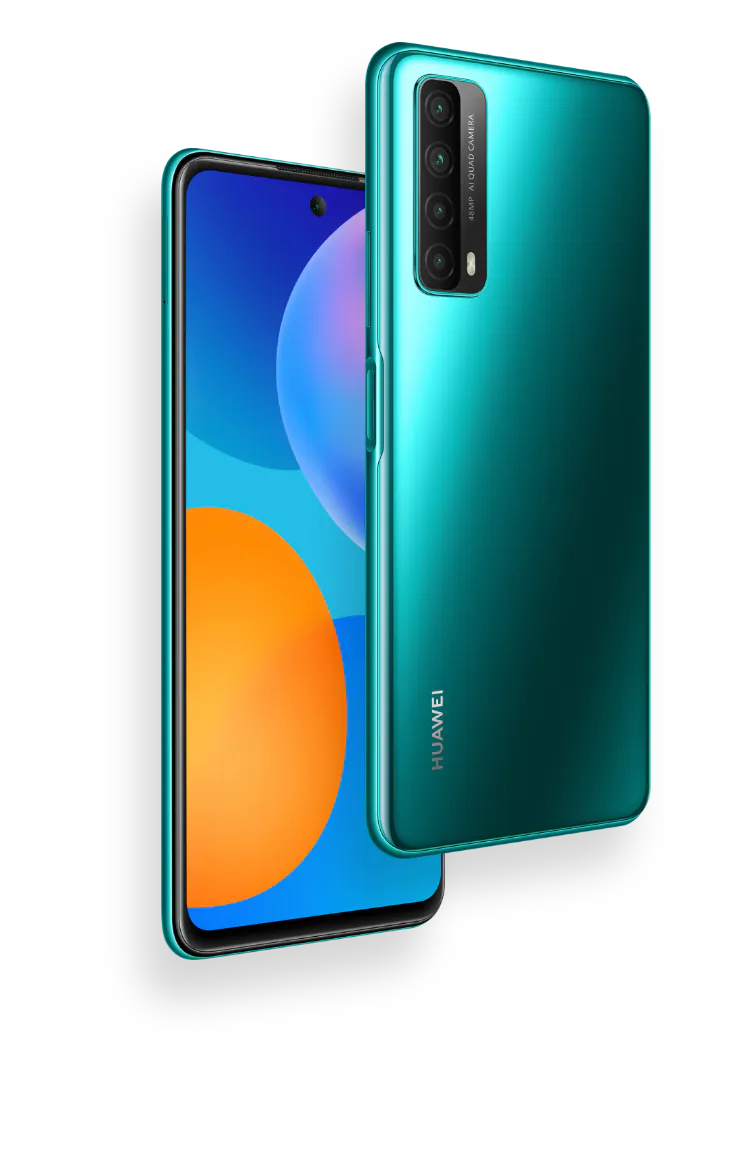
In its first iteration, Huawei wasn’t the global innovator we know today. It was a simple reseller of the technology created by a company in Hong Kong, and it was operated out of a small apartment in Shenzhen. They resold affordable telecoms switches to small city hotels.
Founding a startup at that time was no easy feat, even without the complications of product development and innovation. People at that time in China trusted only state-run organisations, so trying to break through customer mistrust of new and unknown companies was an uphill battle. Huawei tackled this through a radically customer-centric approach, putting in extra effort, time and dedication to their client servicing.
“History has determined the existence of Huawei. If China didn’t open up, Huawei would not exist; if private companies would not be allowed, Huawei would not exist. It fit perfectly the bill what was needed at that time for China’s entrepreneur to give the push towards what would become one of the biggest telecom companies in the world,” remarks Professor De Cremer from National University of Singapore Business School.
Just as Huawei started to break through to achieve small success in this niche in China, the company for which they were a reseller revoked their license, leaving Huawei in a precarious position. They had no choice but to innovate or close their doors.
“At that time, we had no other options. We didn't think about what would happen if we failed; we were quite confident that we could succeed,” Ren says.
And succeed they did, by careful iteration and experimentation, and a lot of hard work. They also prioritised innovation, pouring all of their earnings back into product development. It was an ethos that became foundational to Huawei’s operations and later success.
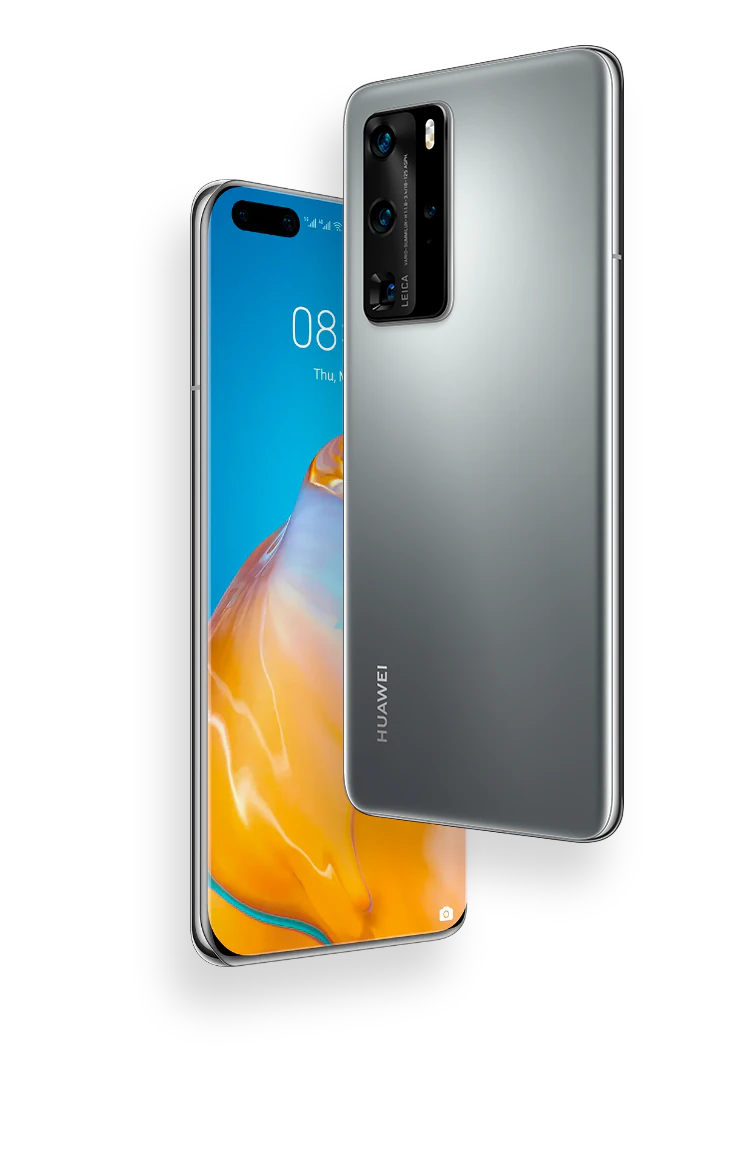
“We started out by making small analogue switches for small hotels, gradually working to make larger analogue switches. We didn't begin to make digital switches until we already had many years of experience,” comments Ren. “We didn't spend the money ourselves; we invested it in our services and systems to create even more value for our customers,” he adds.
In addition to Huawei’s early business strategy, there was an element of being in the right place at the right time that helped Huawei survive the many complications of its infancy, and set the scene for it to blossom into the global company we know today.
Alibaba Group#
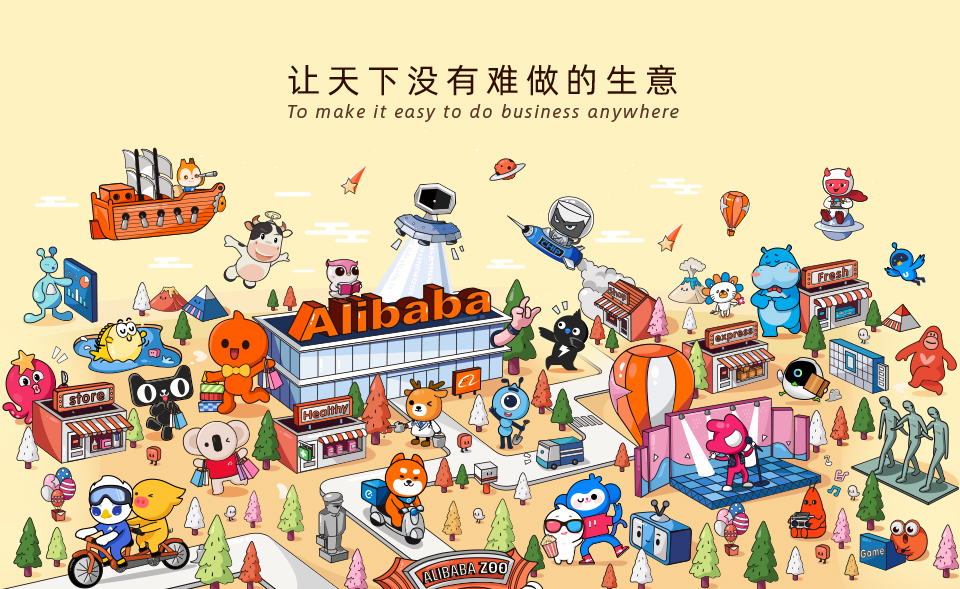
Alibaba Group Holdings Ltd.#
(BABA) is often called the "Amazon of China", making reference to the giant American e-commerce company, Amazon.com Inc. (AMZN). Alibaba was founded in 1999 by 18 people led by a former English teacher named Jack Ma, who led the company's meteoric growth for nearly two decades before stepping down as executive chairman in September 2019. The early founders believed that the Internet would be a great leveler, enabling small businesses to leverage innovation and technology in order to grow and compete more effectively in domestic and international markets. Alibaba was born out of that vision and has since grown into a global e-commerce, Internet, and technology company. The company posted net income of $19.8 billion on $72.0 billion of revenue during its 2020 fiscal year (FY), which ended March 31, 2020. Alibaba has a current market capitalization of $554.2 billion.
Alibaba has followed Amazon's example by expanding into businesses that broaden its base of supply hubs. But Alibaba has also borrowed the model of other FAANG technology companies by branching out into various apps and tech services. This growth is reflected in Alibaba's broad array of subsidiaries.
Alibaba's diverse group of tech business lines includes: online retail, such as mobile commerce site Taobao Marketplace and Tmall, a third-party online and mobile commerce platform for brands and retailers; online wholesale, including 1688.com as well as international marketplaces Alibaba.com and AliExpress; logistics services such as Cainiao Network, a logistics data platform and global fulfillment network; consumer services like on-demand delivery and local services platform Ele.me, and restaurant and services guide platform Koubei; cloud computing via Alibaba Cloud; financial services, such as Ant Financial and payment services platform Alipay; and Amap, a mobile digital map that provides navigation and real-time traffic information.
Alibaba has also made major investments in U.S. tech startups, most notably Lyft Inc. (LYFT).Alibaba owns 7.2 million shares of Lyft worth $194.0 million.
Alibaba also has used major acquisitions as vehicles to broaden its footprint. We look at five of the most important acquisitions in more detail below.
Youku Tudou Inc.#
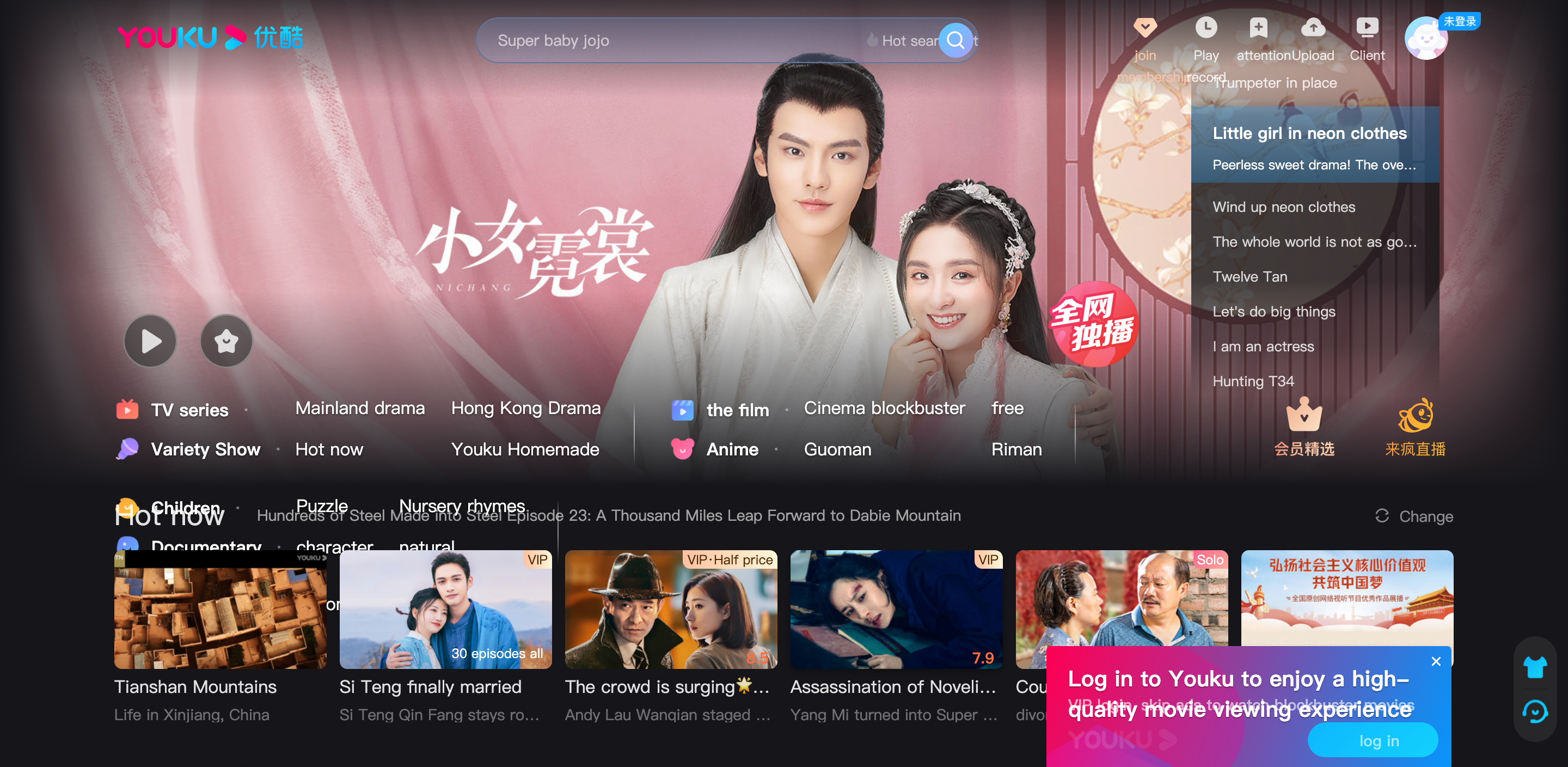
Type of Business: Multi-Screen Entertainment and Media Company
Acquisition Price: $1.1 billion for 16.5% stake; $4.4 billion for (remaining stake). Acquisition Date: May 2014 (16.5% stake); April 2016 (remaining stake).
a Chinese multi-screen entertainment and media company, was founded in 2003. In 2014, Alibaba purchased $1.1 billion of Class A ordinary shares of Youku, which represented a 16.5% equity interest. At the same time, Yunfeng Fund invested $132 million for an approximately 2% equity interest. In April 2016, Alibaba completed the acquisition of Youku by purchasing all remaining issued and outstanding shares for $4.4 billion. Yunfeng Fund held on to its minority interest.
Youku enables users to search, view and share high-quality video content quickly and easily across multiple devices. This helps Alibaba to generate additional revenue sources through advertising and membership subscriptions. The acquisition appears to be an attempt to displace Netflix Inc. (NFLX) as the go-to source for streaming TV and film content in China.
Alibaba Pictures Group (formerly ChinaVision Media)#
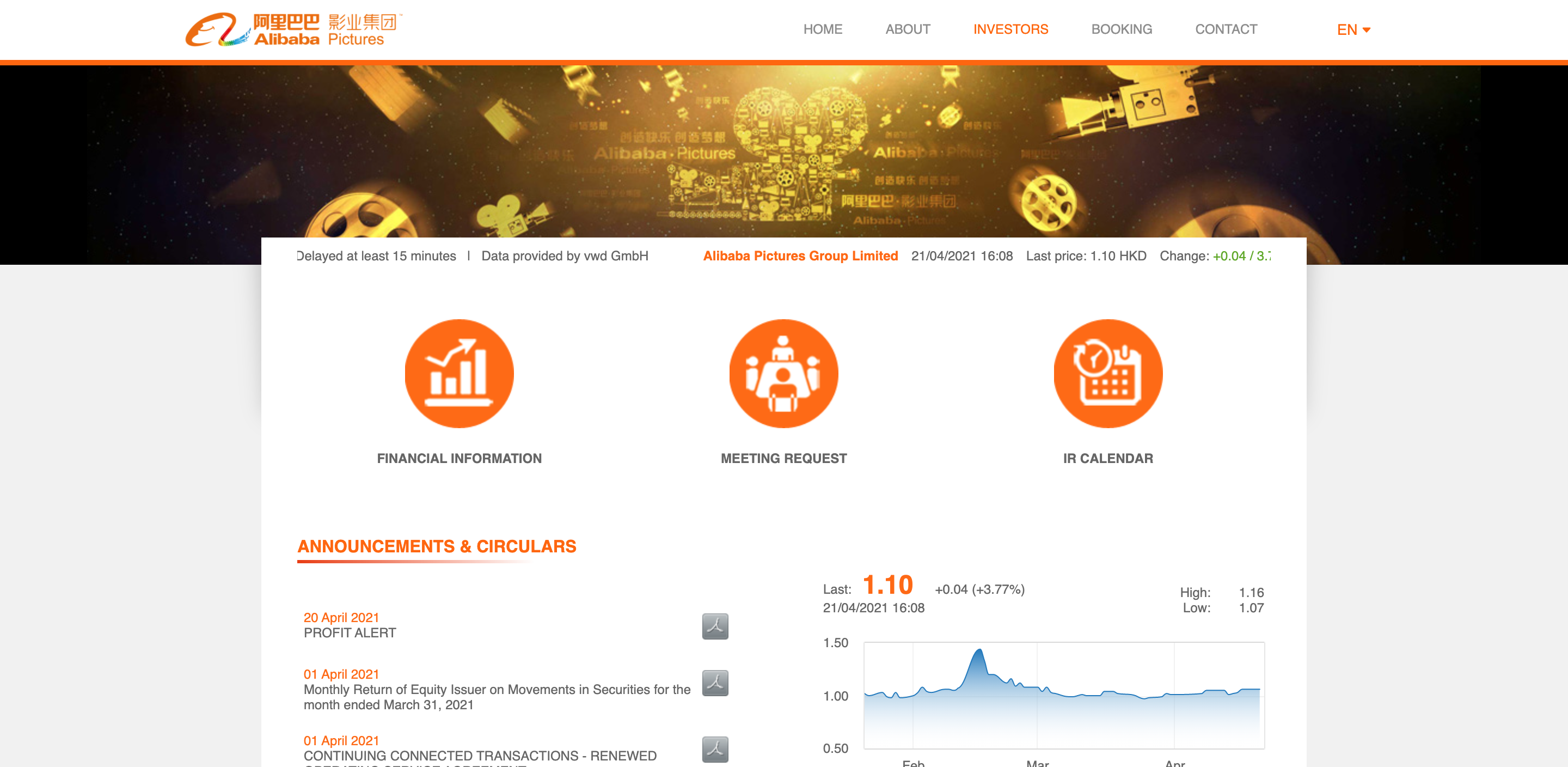
Visit Alibaba Pictures website.
Type of Business: Film Company
Acquisition Price: $804 million (controlling stake) Acquisition Date: June 2014 Alibaba first acquired a controlling interest in Alibaba Pictures Group, formerly known as ChinaVision Media, in June 2014. A financing transaction the following year led to a dilution of Alibaba's stake from a controlling to a minority interest. In March 2019, the company purchased newly issued shares of Alibaba Pictures that increased its equity interest to about 51%. Alibaba Pictures became, once again, a consolidated subsidiary of Alibaba.
Alibaba Pictures is an Internet-driven integrated platform involved in a broad range of entertainment-related activities, including: content production, promotion and distribution, IP licensing and integrated management, cinema ticketing, and data services. The acquisition demonstrates Alibaba's push into both the distribution and production of high-quality entertainment.
South China Morning Post (SCMP)#
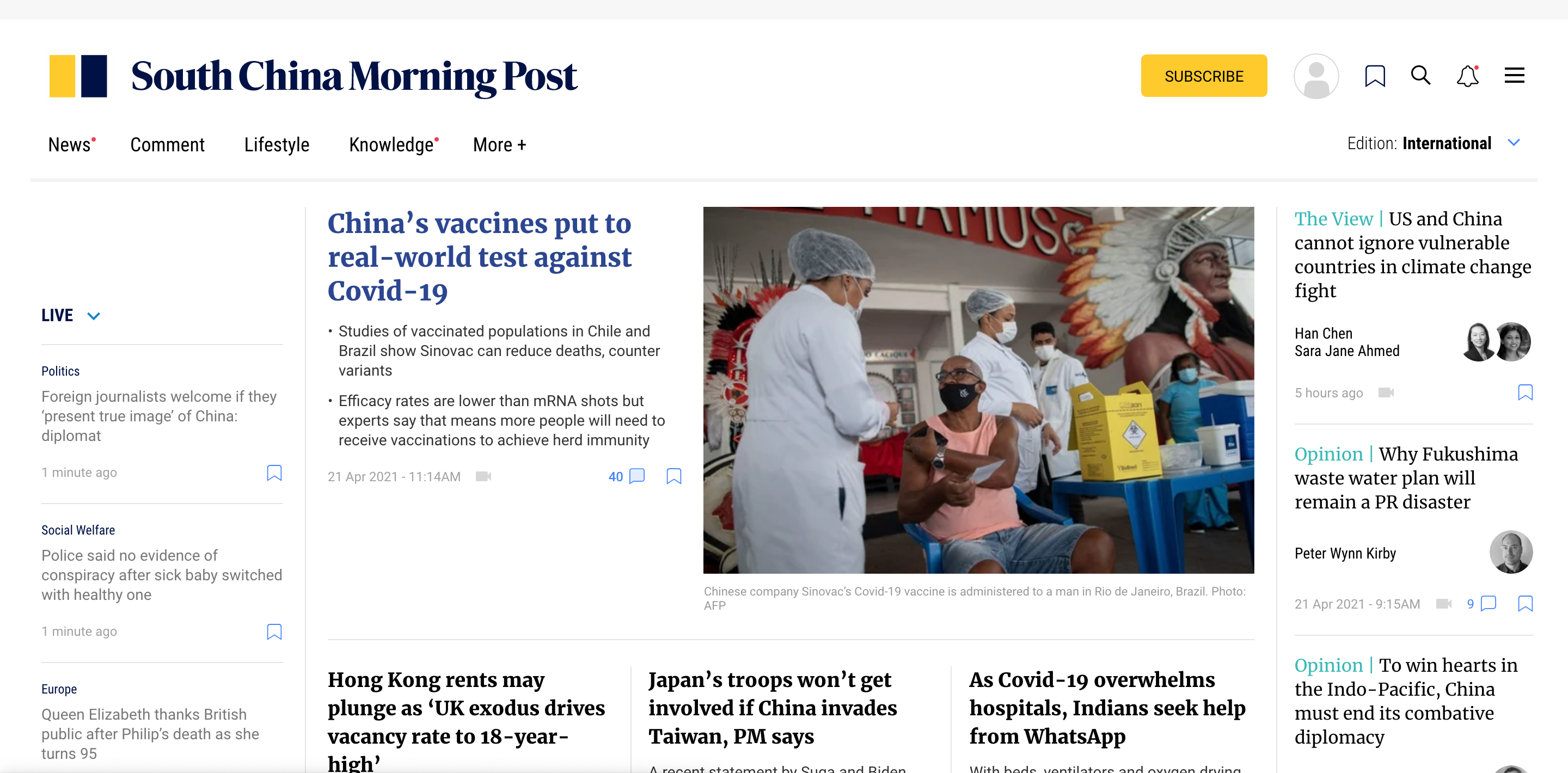
Type of Business: English-Language Newspaper
Acquisition Price: $266 million Acquisition Date: April 2016 The South China Morning Post is an English-language newspaper headquartered in Hong Kong and was founded in 1903. In April 2016, Alibaba acquired the media business of SCMP Group Ltd. The acquisition included the newspaper, the group's magazine, recruitment, outdoor media, events and conferences, education, and digital media businesses.
Lazada Group#
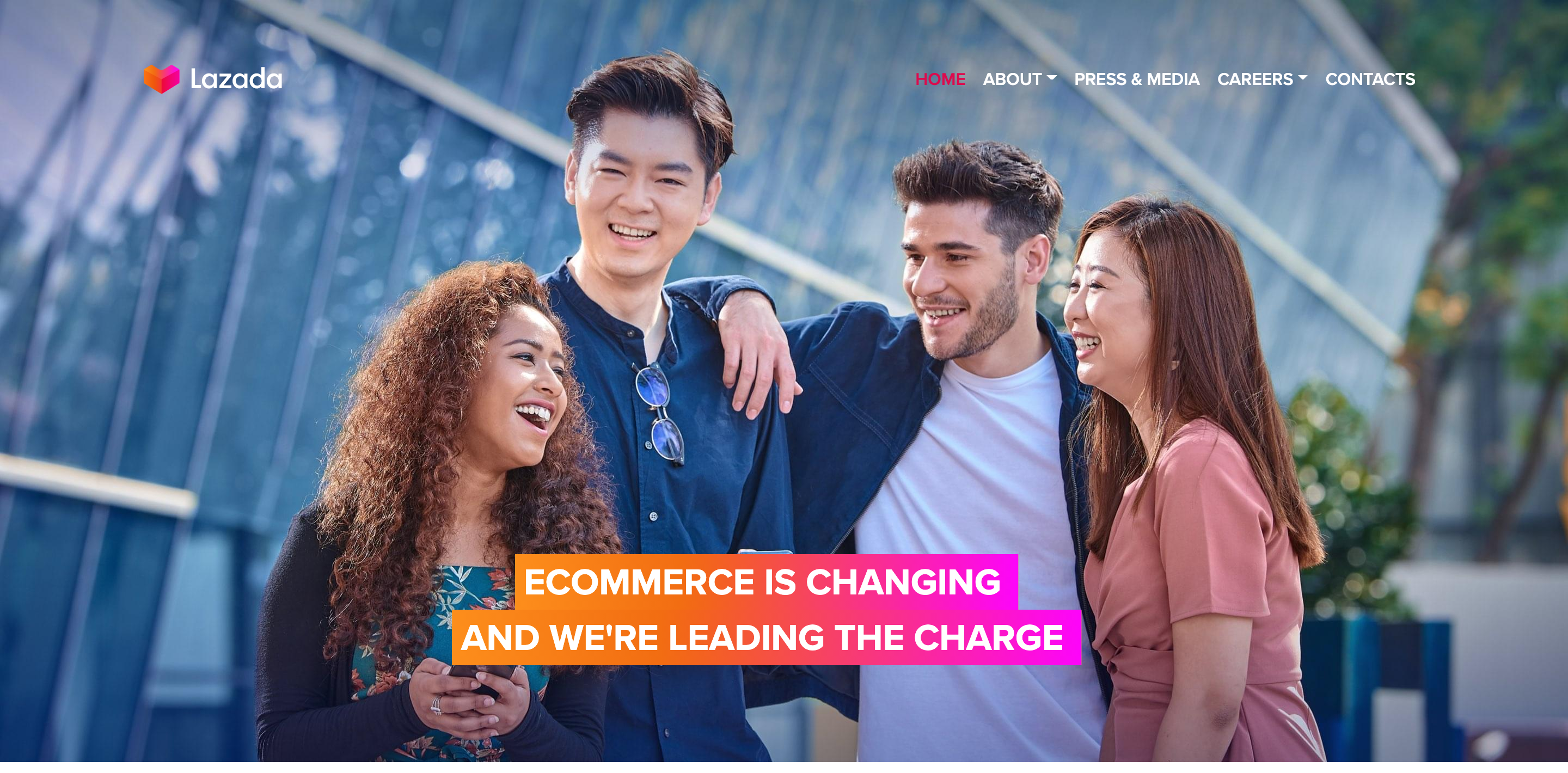
Type of Business: E-Commerce Platform
Acquisition Price: $1.0 billion (54% stake) Acquisition Date: April 12, 2016 Lazada Group, an e-commerce platform headquartered in Singapore, was founded in 2012. In April 2016, Alibaba purchased a 54% equity interest in Lazada worth $1.0 billion. The subsidiary offers merchants and brands a one-stop marketplace with access to consumers in six Southeast Asian countries with an estimated user base of 200 million: Indonesia, Malaysia, the Philippines, Singapore, Thailand, and Vietnam. The deal will bolster Alibaba's e-commerce presence outside of China.
Intime Department Store#
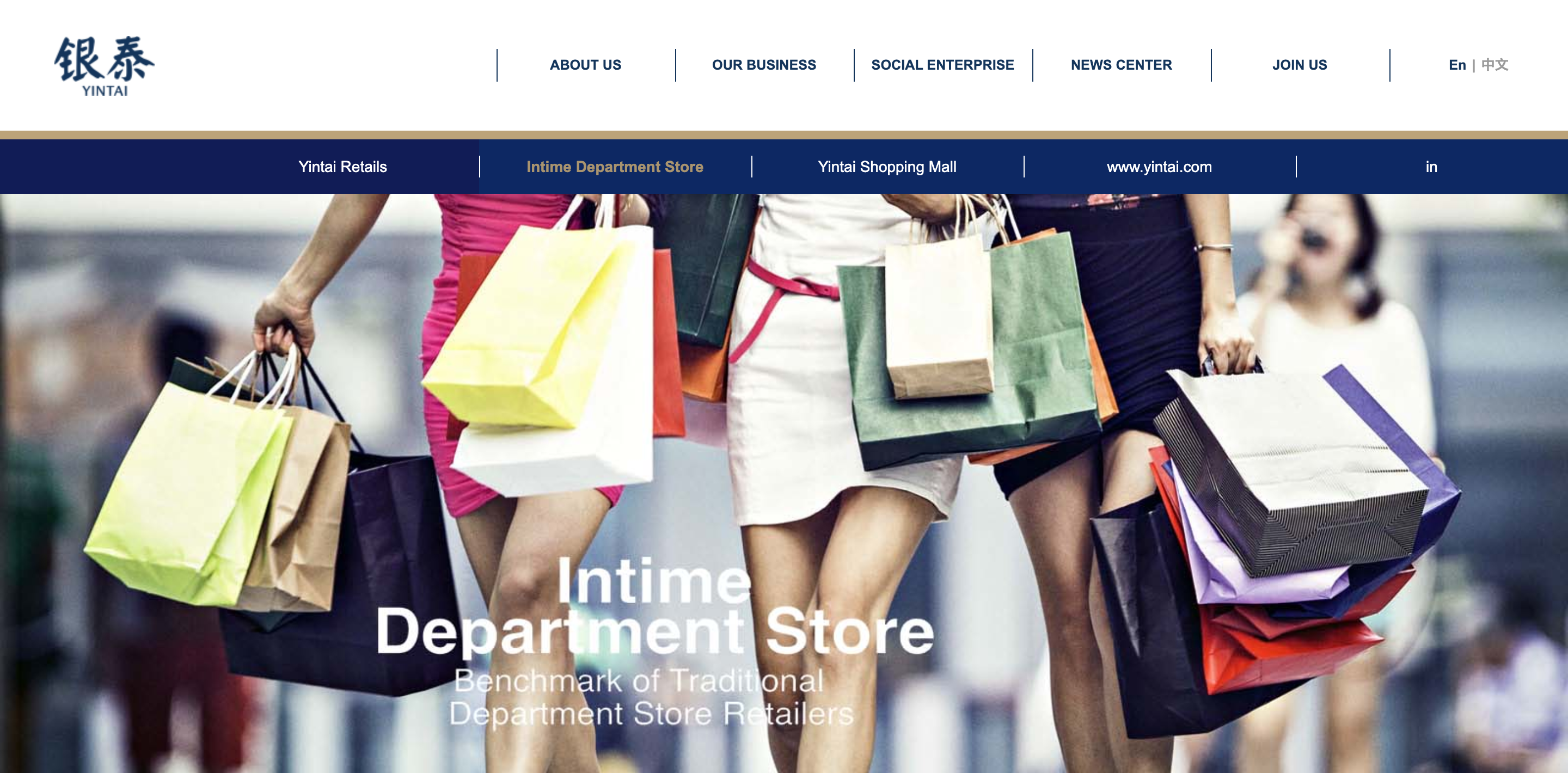
Type of Business: Department Store Operator
Acquisition Price: $692 million (initial investment); $2.6 billion (74% controlling stake) Acquisition Date: July 2014 (initial investment); January 10, 2017 (74% controlling stake). Intime Department Store, one of China's leading department store chains, was founded in 2005.In 2014, Alibaba invested $692 million in Intime and steadily increased its stake in the company over the next several years. In 2016, Alibaba converted its holdings of convertible debt securities issued by Intime into equity, bringing its stake to 28%. Then in 2017, Alibaba paid $2.6 billion for a controlling interest.21 Alibaba increased its stake in Intime to 99% in October 2018. Despite starting out as an e-commerce company, Alibaba's acquisition of Intime shows it also sees select brick-and-mortar retail businesses as growth opportunities.
IBM#
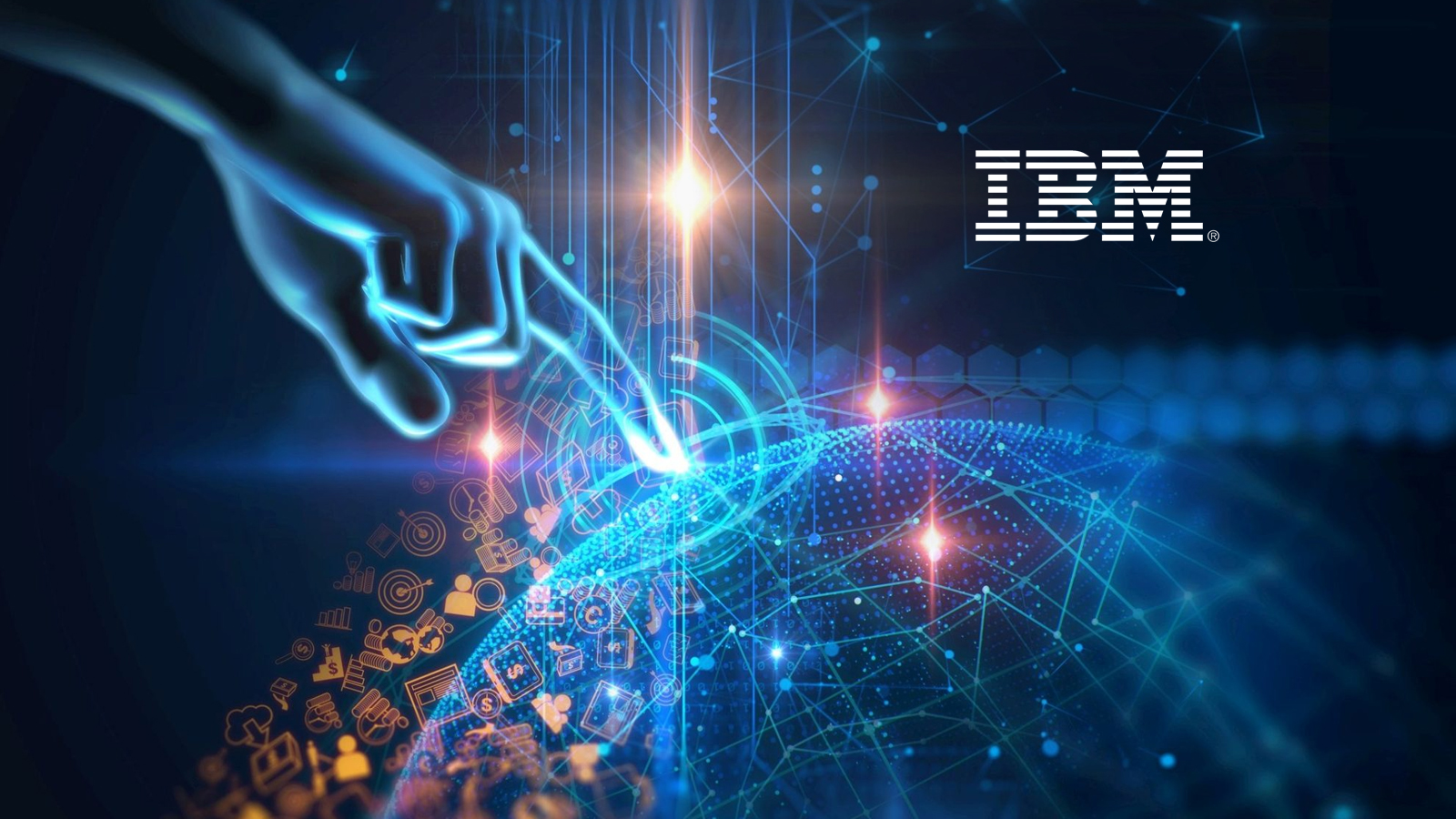
International Business Machines (IBM), is a global technology company that provides hardware, software, cloud-based services and cognitive computing.
Founded in 1911 following the merger of four companies in New York State by Charles Ranlett Flint, it was originally called Computing-Tabulating-Recording Company. It would be renamed to IBM in 1924.
Given that the company is over 100 years old it is no surprise that it has had to adjust to different technological trends throughout the decades.
The company is now transitioning from being an infrastructure player to one that is more cloud and data driven.
Nicknamed ‘Big Blue’, the company offers cloud products in the shape of Bluemix, a SoftLayer cloud, and data analytics, or cognitive computing capabilities, with the Watson supercomputer.
While the company has expanded its portfolio from server hardware, this is still an area that it operates in with the z Series mainframe.
The company also offers software with the likes of its DB2 database offering, and IBM SPSS.
Ginni Rometty, IBM CEO, said: “Digital is the wires, but digital intelligence, or artificial intelligence as some people call it, is about much more than that. This next decade is about how you combine those and become a cognitive business. It’s the dawn of a new era.”
IBM has been focused on continuous innovation for more than a century. Patenting is an important barometer of that innovation, and IBM has topped the annual list of U.S. patent recipients for the 20th consecutive year.
Facebook#
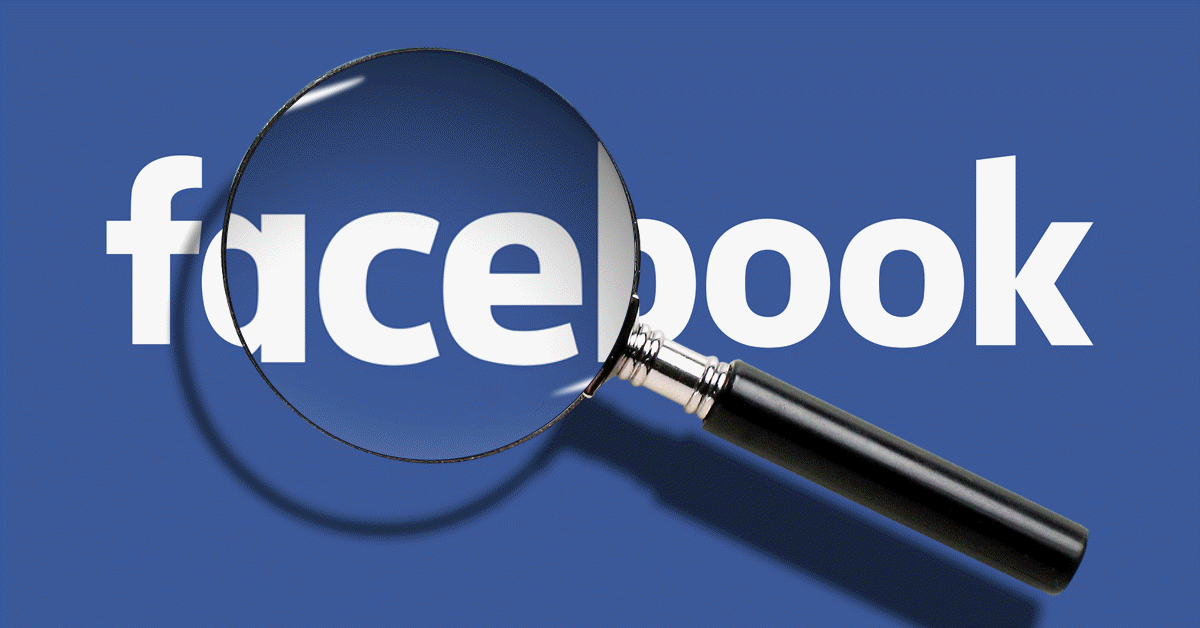
Facebook is a social networking site that makes it easy for you to connect and share with family and friends online. Originally designed for college students, Facebook was created in 2004 by Mark Zuckerberg while he was enrolled at Harvard University. By 2006, anyone over the age of 13 with a valid email address could join Facebook. Today, Facebook is the world's largest social network, with more than 1 billion users worldwide.
Tesla#
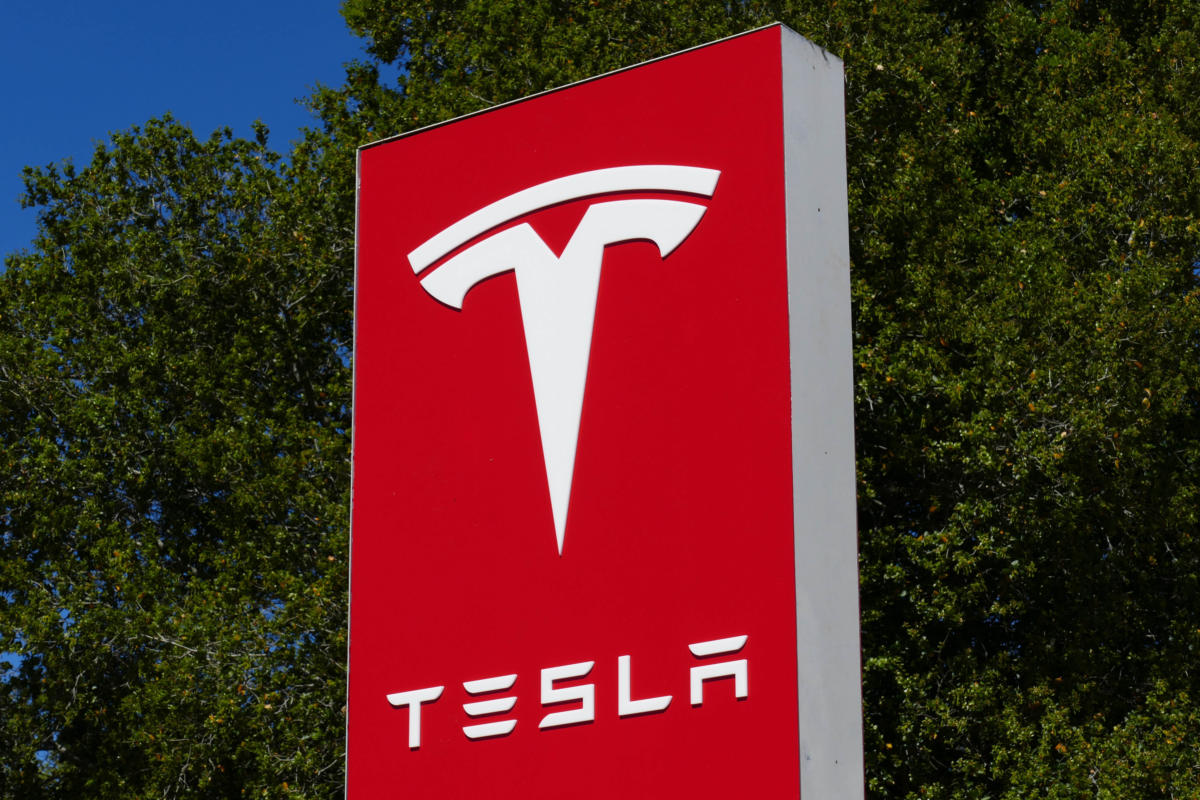
Tesla’s mission is to accelerate the world’s transition to sustainable energy. Tesla was founded in 2003 by a group of engineers who wanted to prove that people didn’t need to compromise to drive electric – that electric vehicles can be better, quicker and more fun to drive than gasoline cars. Today, Tesla builds not only all-electric vehicles but also infinitely scalable clean energy generation and storage products. Tesla believes the faster the world stops relying on fossil fuels and moves towards a zero-emission future, the better.
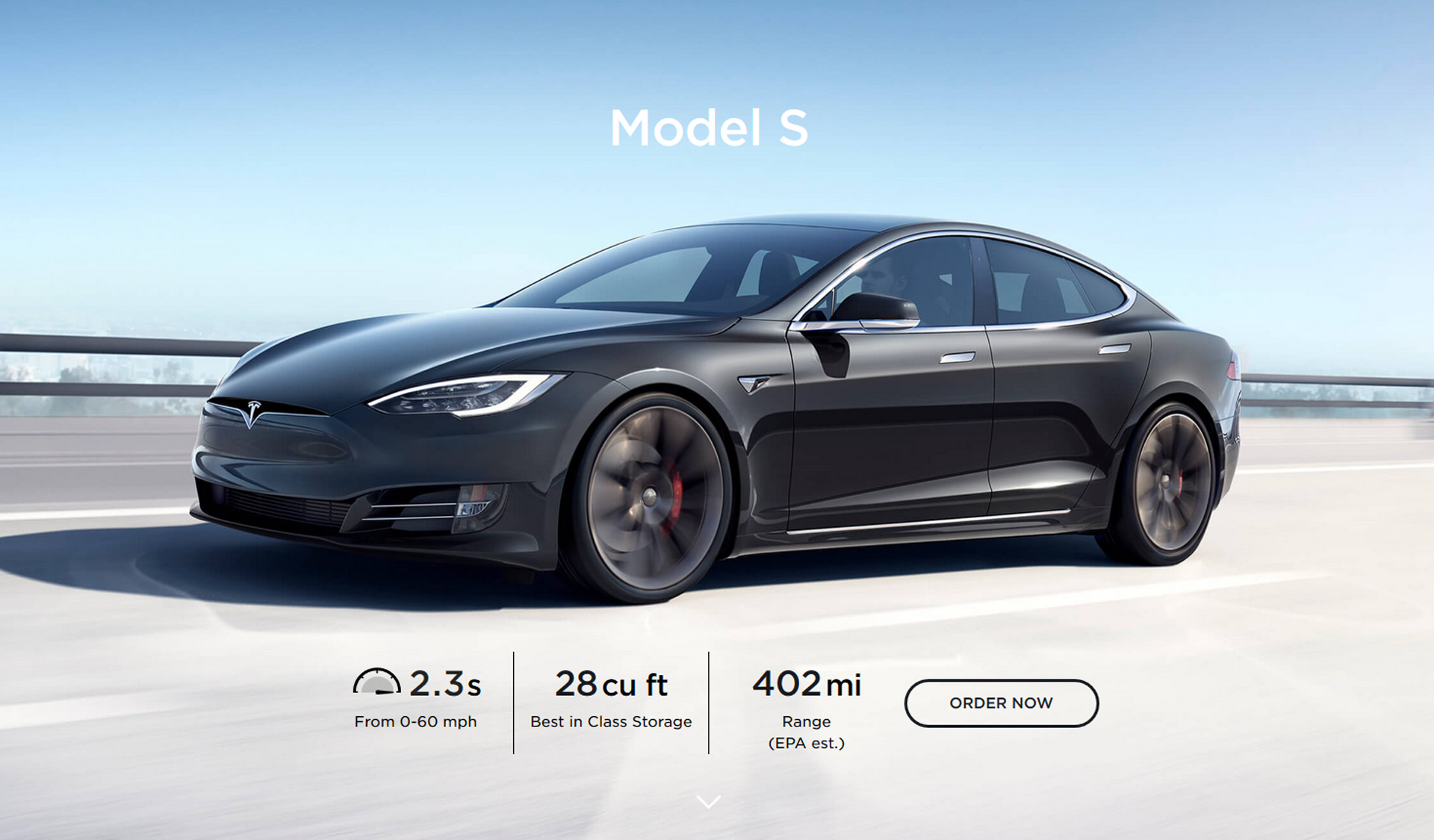
Launched in 2008, the Roadster unveiled Tesla’s cutting-edge battery technology and electric powertrain. From there, Tesla designed the world’s first ever premium all-electric sedan from the ground up – Model S – which has become the best car in its class in every category. Combining safety, performance, and efficiency, Model S has reset the world’s expectations for the car of the 21st century with the longest range of any electric vehicle, over-the-air software updates that make it better over time, and a record 0-60 mph acceleration time of 2.28 seconds as measured by Motor Trend. In 2015, Tesla expanded its product line with Model X, the safest, quickest and most capable sport utility vehicle in history that holds 5-star safety ratings across every category from the National Highway Traffic Safety Administration. Completing CEO Elon Musk’s “Secret Master Plan,” in 2016, Tesla introduced Model 3, a low-priced, high-volume electric vehicle that began production in 2017. Soon after, Tesla unveiled the safest, most comfortable truck ever – Tesla Semi – which is designed to save owners at least $200,000 over a million miles based on fuel costs alone. In 2019, Tesla unveiled Model Y, a mid-size SUV, with seating for up to seven, and Cybertruck, which will have better utility than a traditional truck and more performance than a sports car.
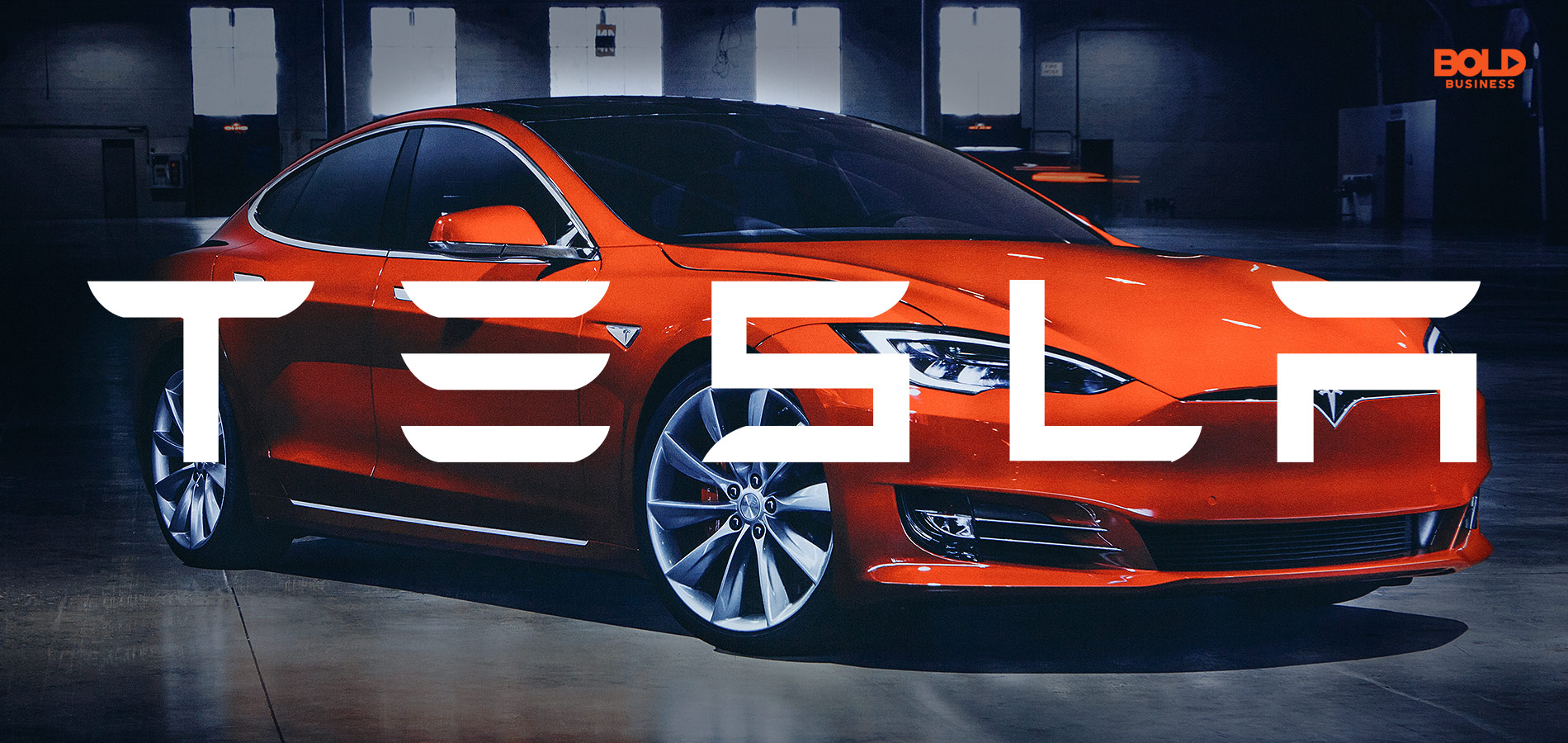
Tesla vehicles are produced at its factory in Fremont, California, and Gigafactory Shanghai. To achieve our goal of having the safest factories in the world, Tesla is taking a proactive approach to safety, requiring production employees to participate in a multi-day training program before ever setting foot on the factory floor. From there, Tesla continues to provide on-the-job training and track performance daily so that improvements can be made quickly. The result is that Tesla’s safety rate continues to improve while production ramps.
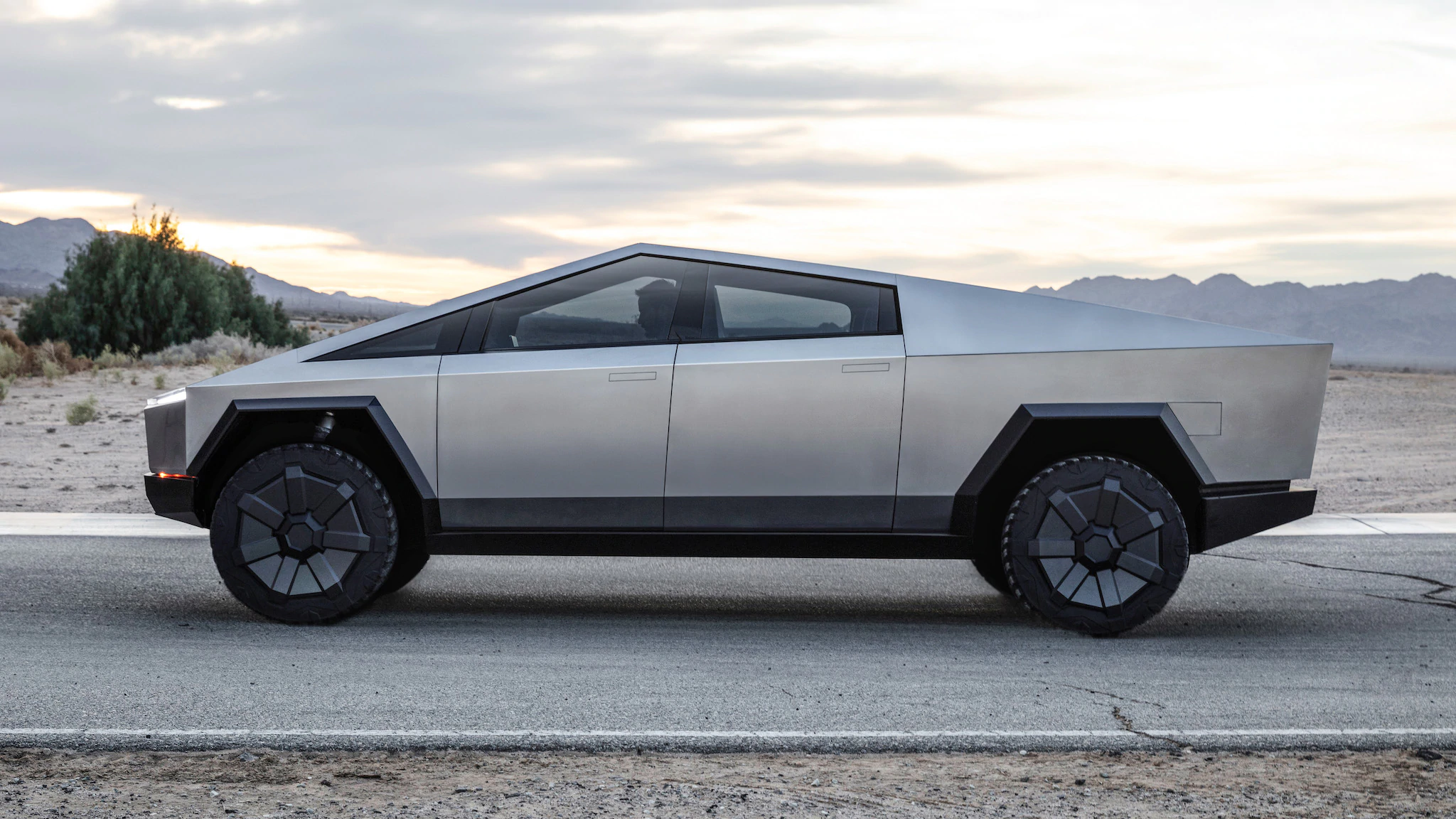 To create an entire sustainable energy ecosystem, Tesla also manufactures a unique set of energy solutions, Powerwall, Powerpack and Solar Roof, enabling homeowners, businesses, and utilities to manage renewable energy generation, storage, and consumption. Supporting Tesla’s automotive and energy products is Gigafactory 1 – a facility designed to significantly reduce battery cell costs. By bringing cell production in-house, Tesla manufactures batteries at the volumes required to meet production goals, while creating thousands of jobs.
To create an entire sustainable energy ecosystem, Tesla also manufactures a unique set of energy solutions, Powerwall, Powerpack and Solar Roof, enabling homeowners, businesses, and utilities to manage renewable energy generation, storage, and consumption. Supporting Tesla’s automotive and energy products is Gigafactory 1 – a facility designed to significantly reduce battery cell costs. By bringing cell production in-house, Tesla manufactures batteries at the volumes required to meet production goals, while creating thousands of jobs.
And this is just the beginning. With Tesla building its most affordable car yet, Tesla continues to make products accessible and affordable to more and more people, ultimately accelerating the advent of clean transport and clean energy production. Electric cars, batteries, and renewable energy generation and storage already exist independently, but when combined, they become even more powerful – that’s the future we want.